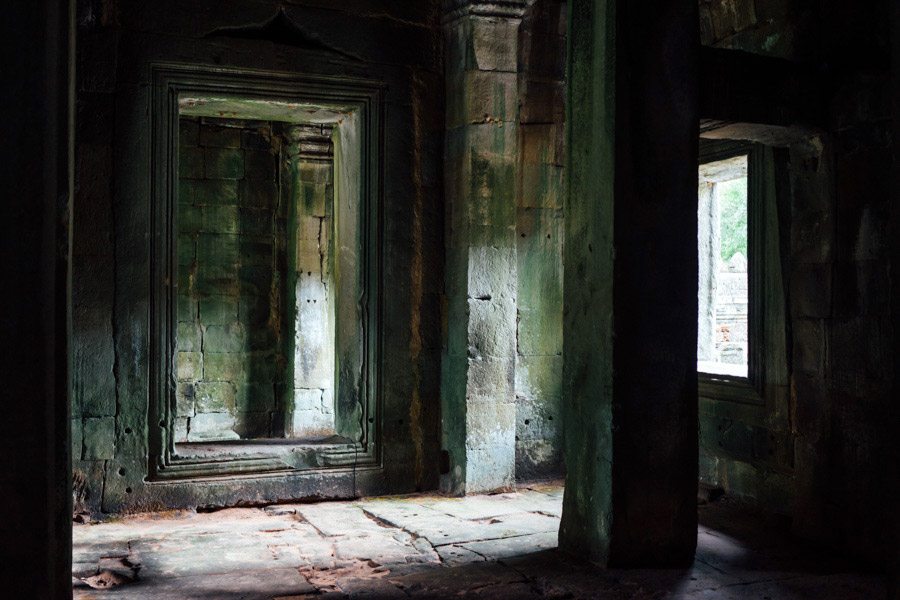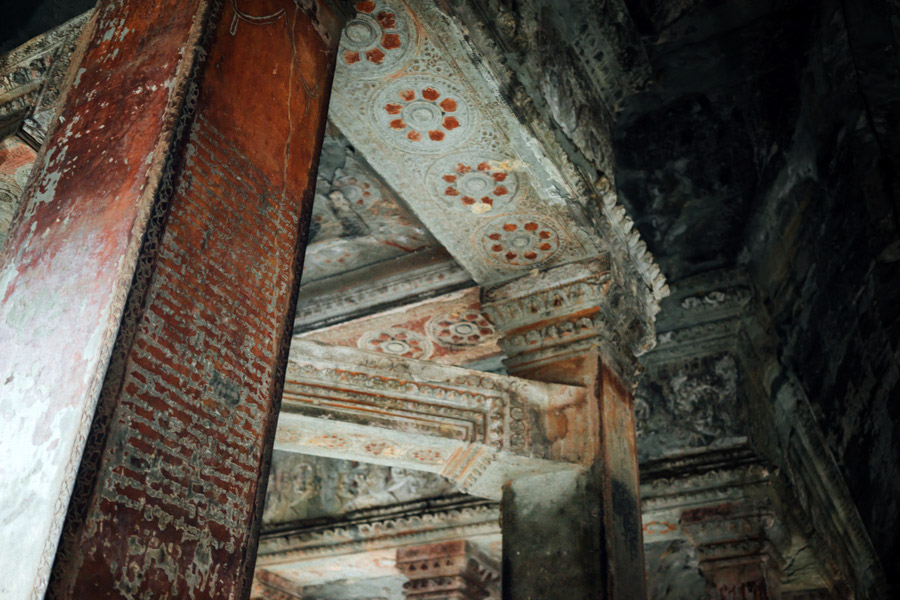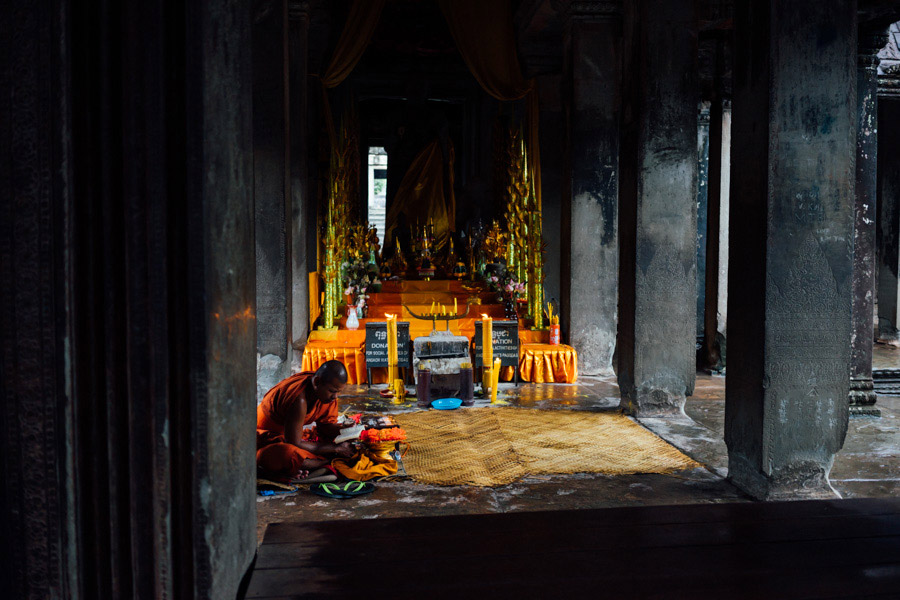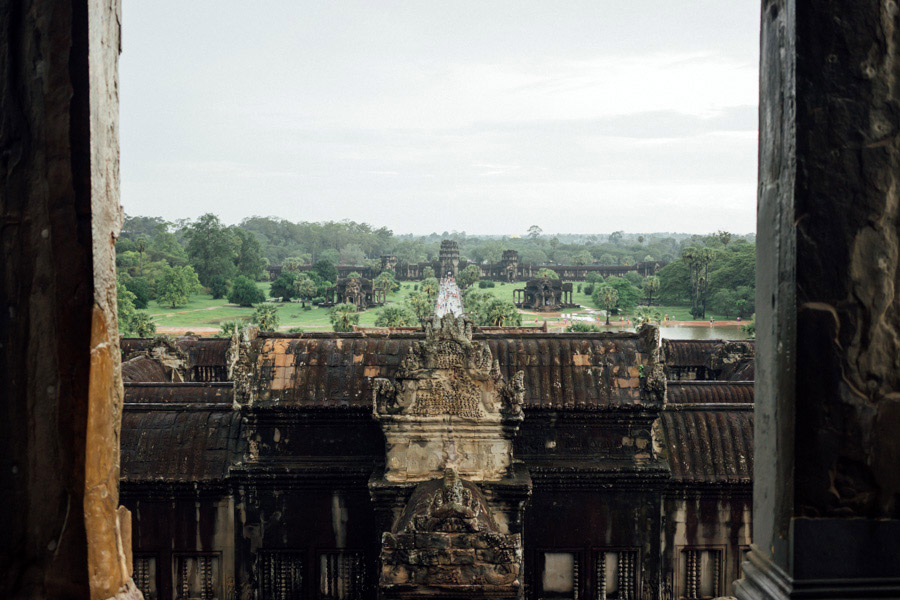Some Final Thoughts
I had no expectations for Cambodia, knowing relatively little about it’s history before touching ground. Immediately after landing, there was a calmness about the country and its local people - soft-spoken and patient, and as we learn later, possessing the kind of humble determination it takes to quietly rebuild and reclaim a nation devastated by a horrific genocide and corrupt political leadership. I’ve never met a population so warm, kind, resilient, yet dying for change.
What we saw in Cambodia was absolutely stunning, from monumental temples to elephants in the wild. But what I cherish most about our short time there was connecting with our local guide Lee, learning about his life, his country, and the collective thoughts and ideals of his generation, the first born after the genocide. There were many things we discovered about the current state of the country that left us distraught and wanting, somehow, to share the gift of freedom we have in America, where there are simple things like free speech, free press, free media (which I’m beginning to feel is a luxury, really). We were there when Lee’s hero, and the hero of many, was assassinated — both a somber and sobering moment, indicative of the arduous path to reform the nation still has ahead.
Despite the current political strife and social inequities, we want to visit again soon. Hopefully in a more peaceful and righteous time, and to see the same warm, kind faces, in a genuinely tranquil state. We are rooting for Cambodia.
On a different, less-serious, less-emotional note, here are some numbers...
Numbers from Cambodia
- Days in Cambodia: 9 days
- Our daily average cost for lodging and food per person: 78000 KHR ≈ $19.00
- Cost of a 1.5L water: 2500 KHR ≈ $0.60
- Cost of a small Angkor beer: 2500 KHR ≈ $0.60
- Cost of a young coconut: 6000 KRH ≈ $1.50
- Cost of an iced coffee with (condensed) milk: 3000 KHR ≈ $0.75
- Cost of beef lok lak with fries: 24000 KHR ≈ $4.00
- Cost of a 6-hour express van ride: 48000 KHR ≈ $12.00
- Total time on an airplane: 1 hour
- Total time on an express van: 18 hours
- Total time on a tuk-tuk in the Siem Reap & Angkor area: 9 hours













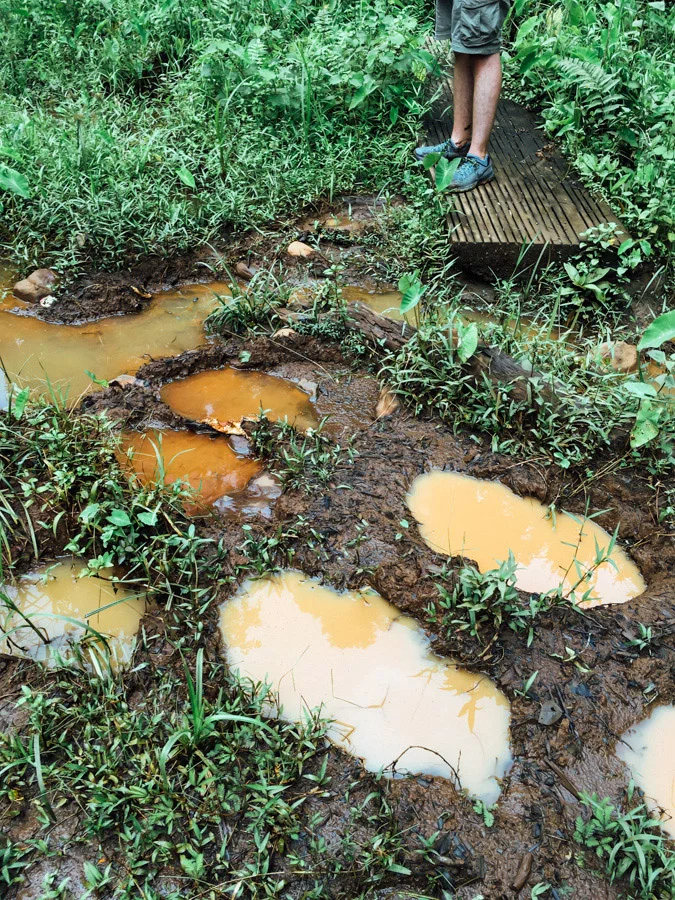







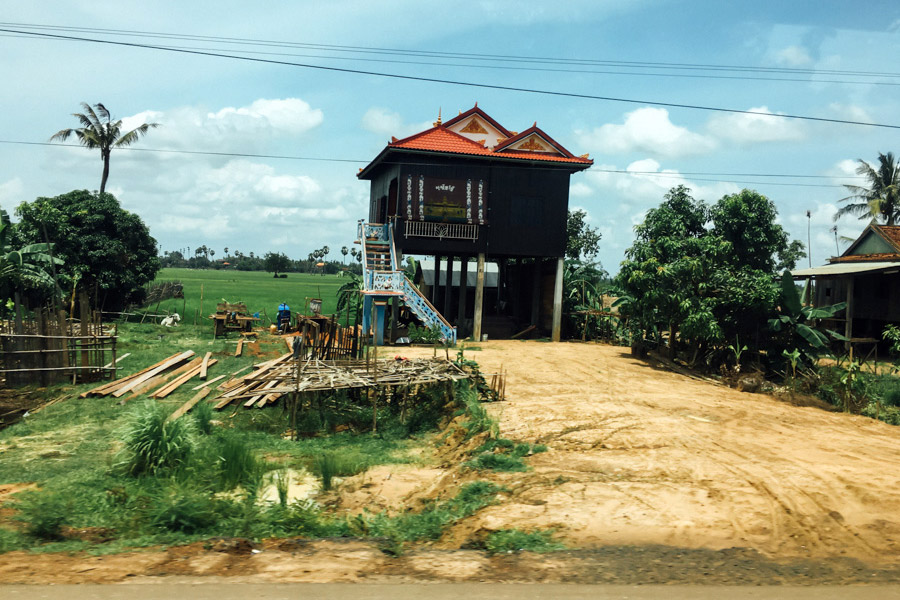
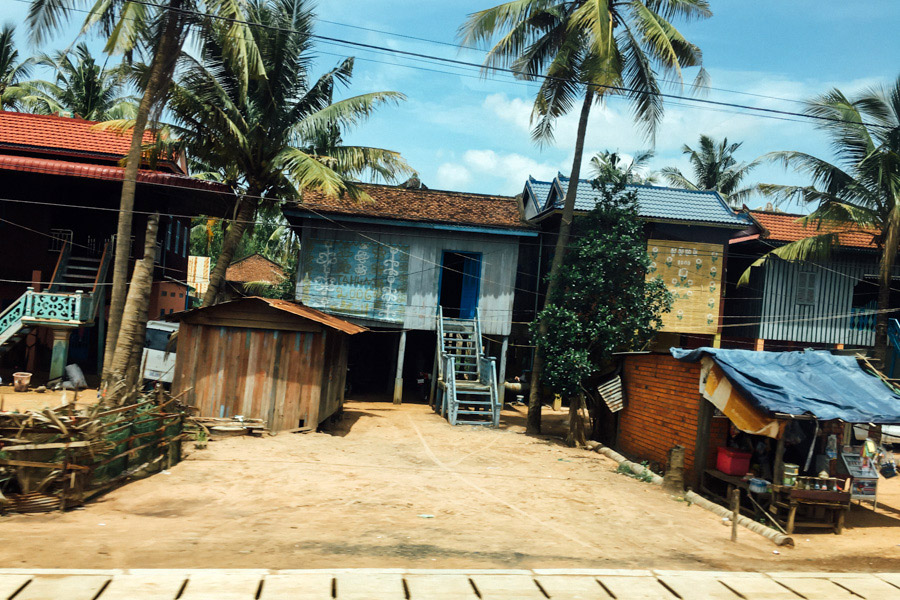
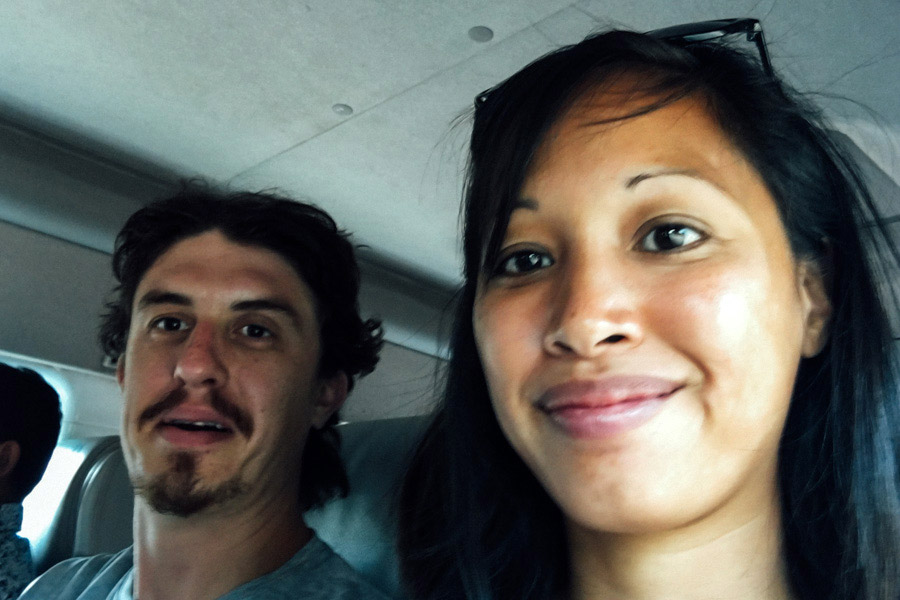
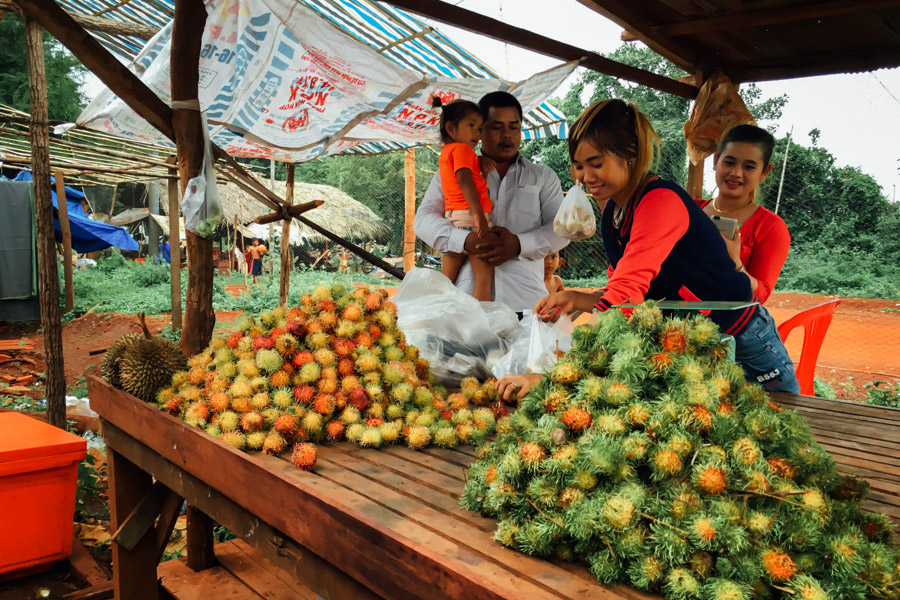
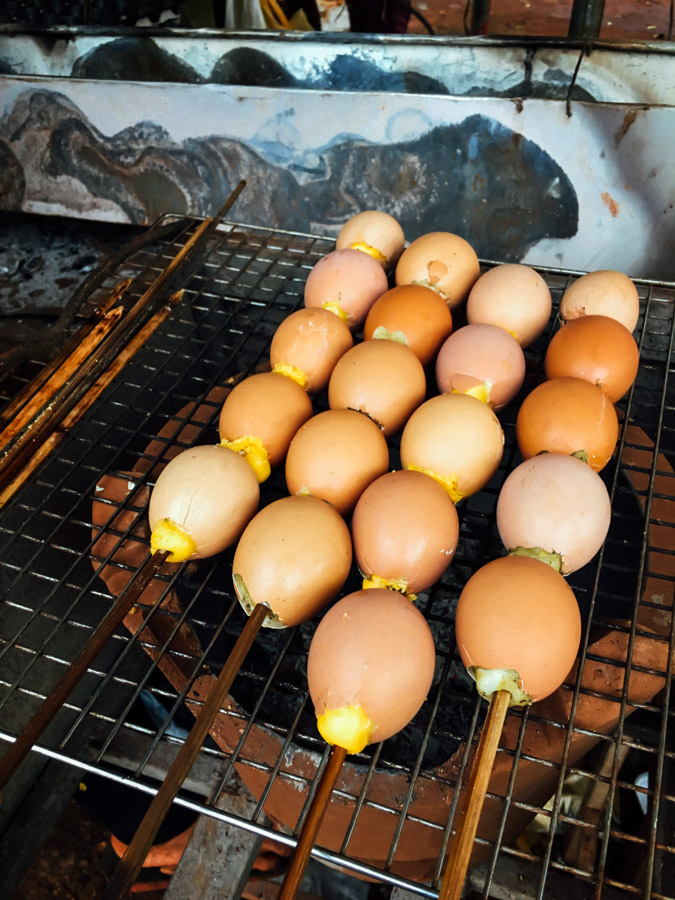
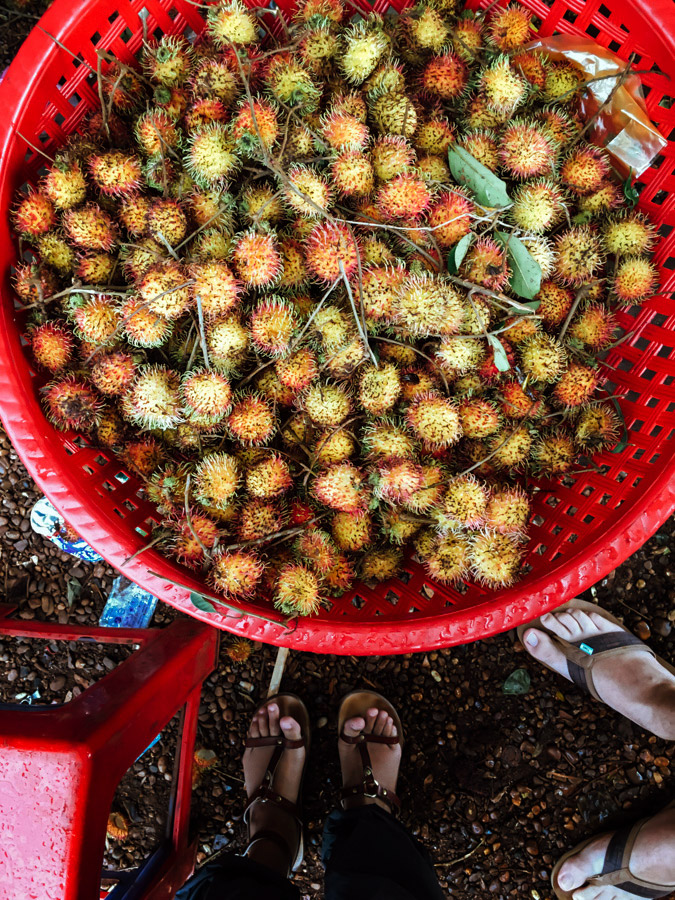
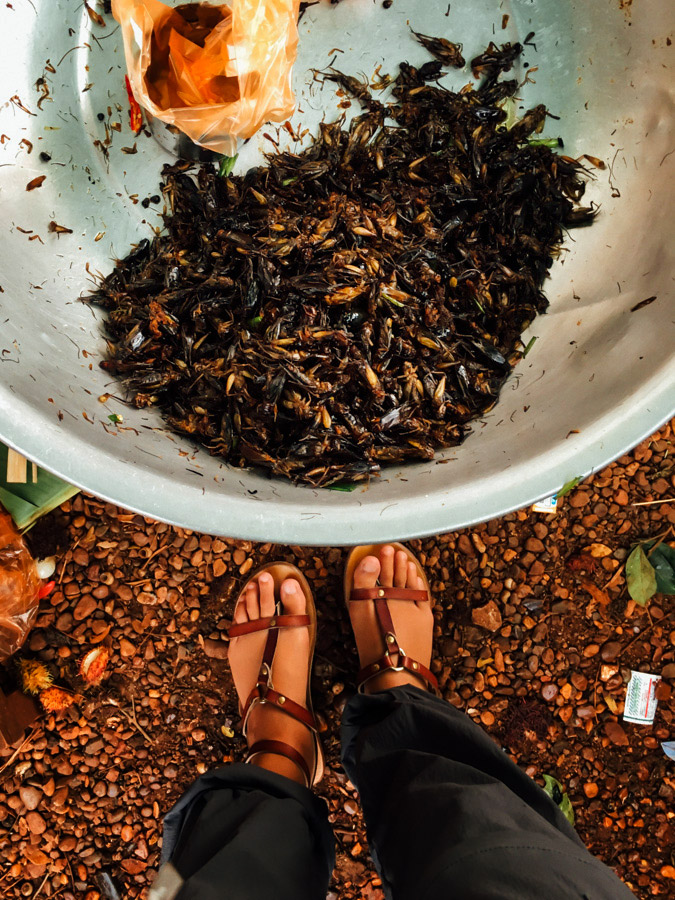
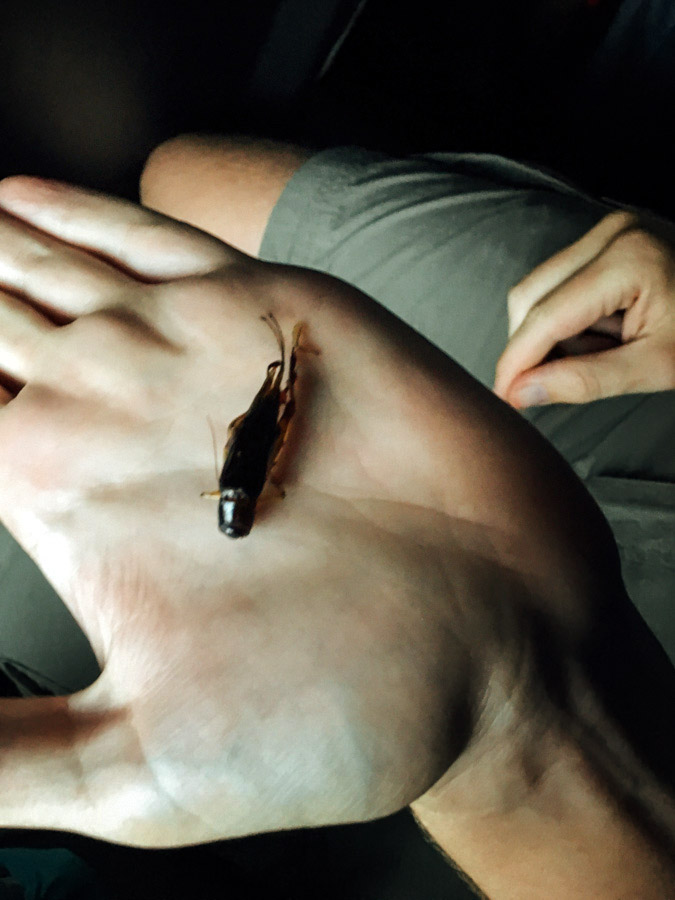
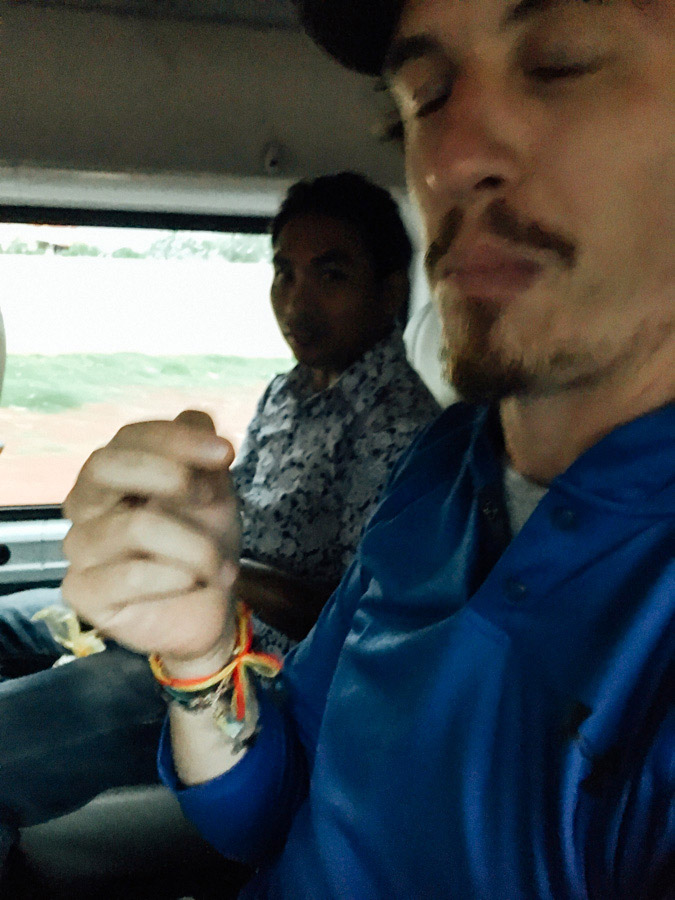
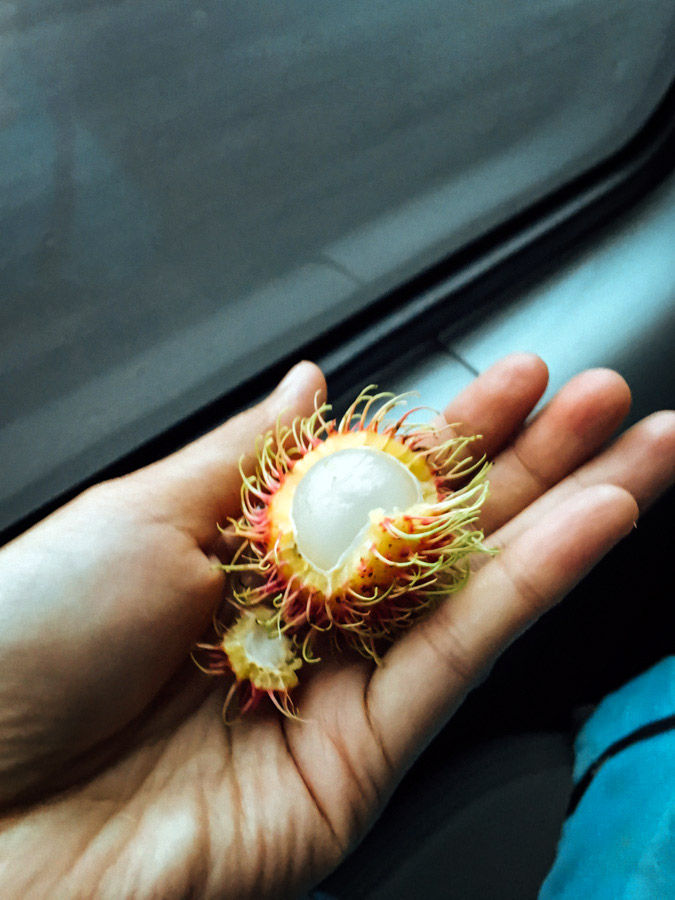

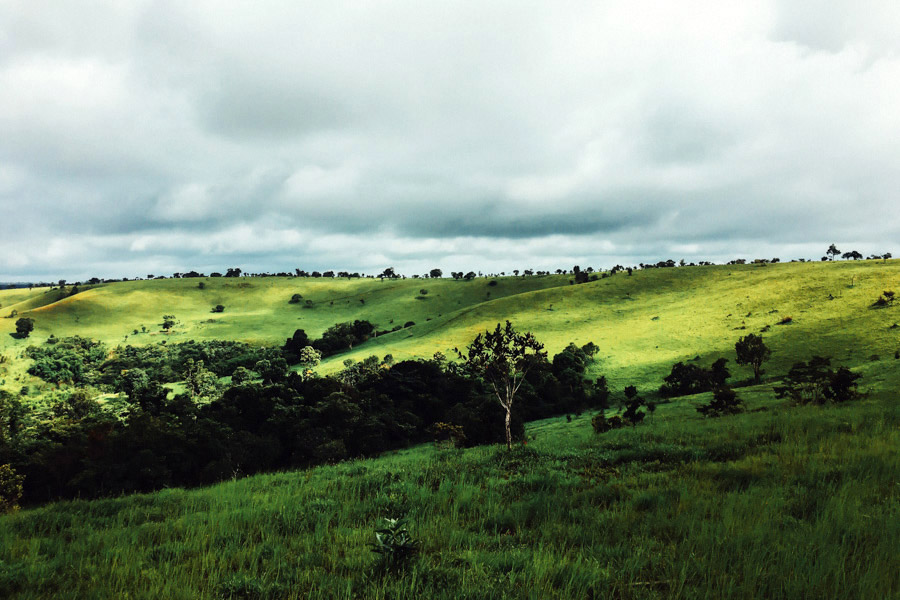

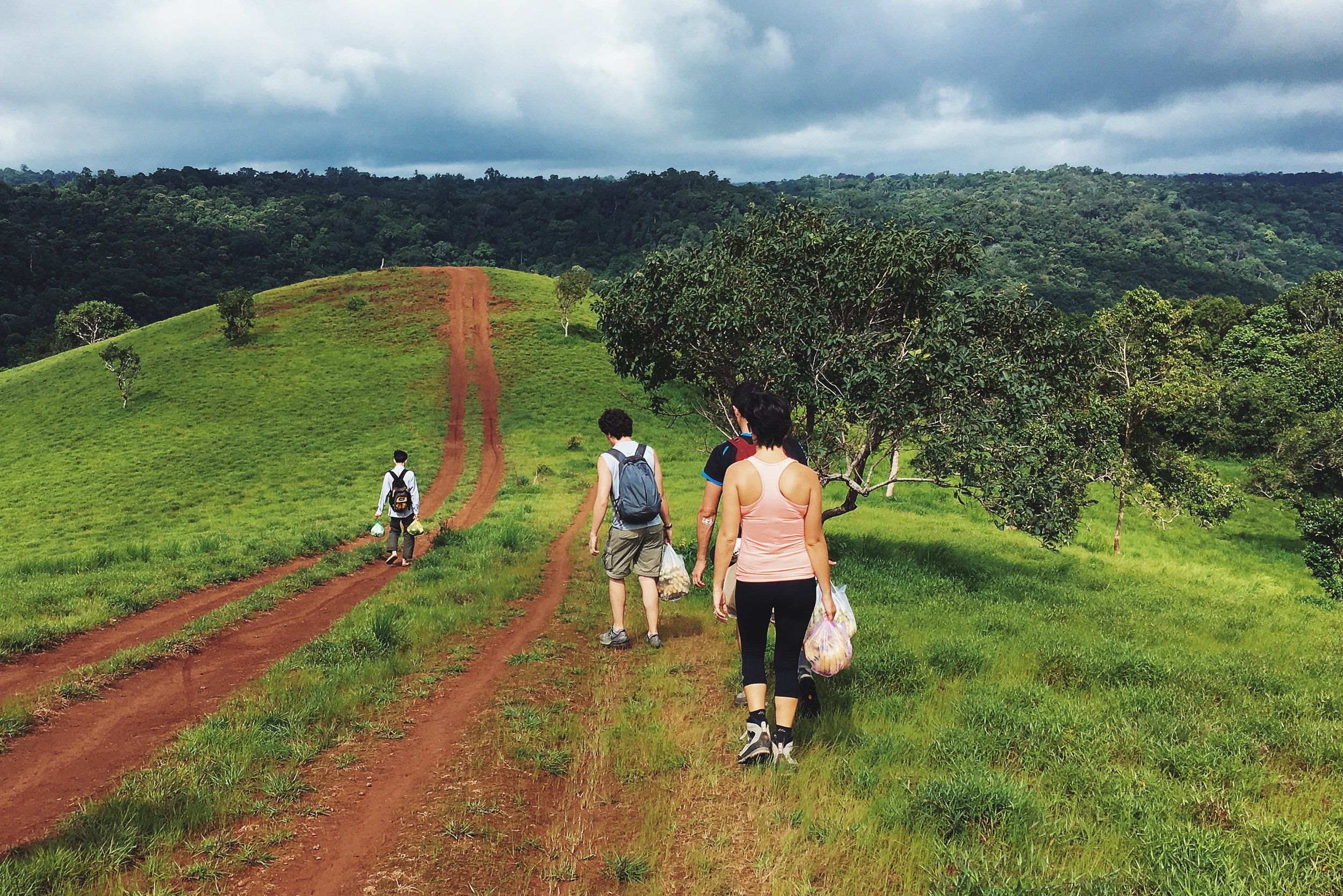

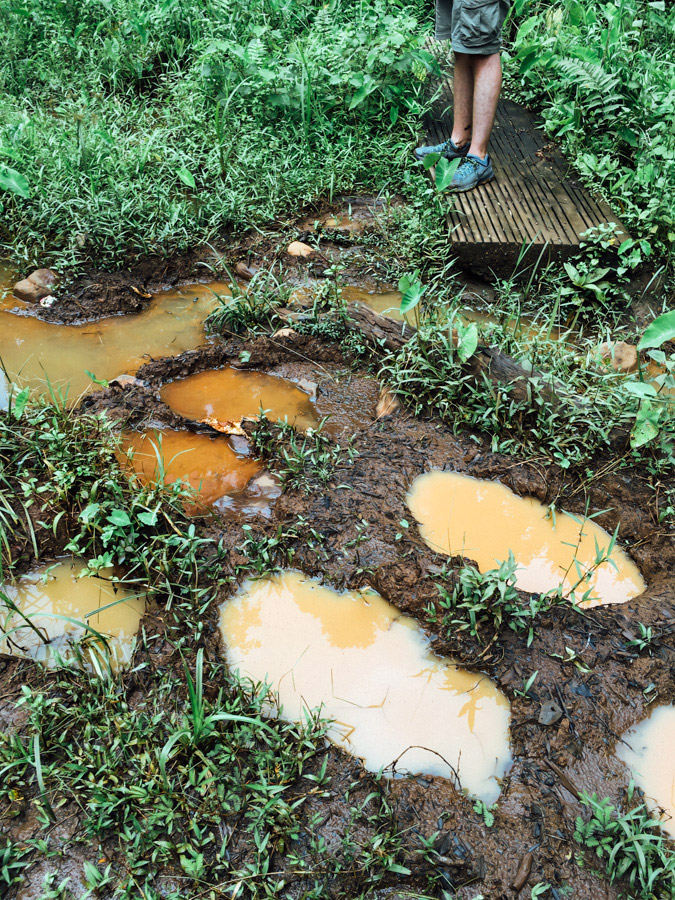
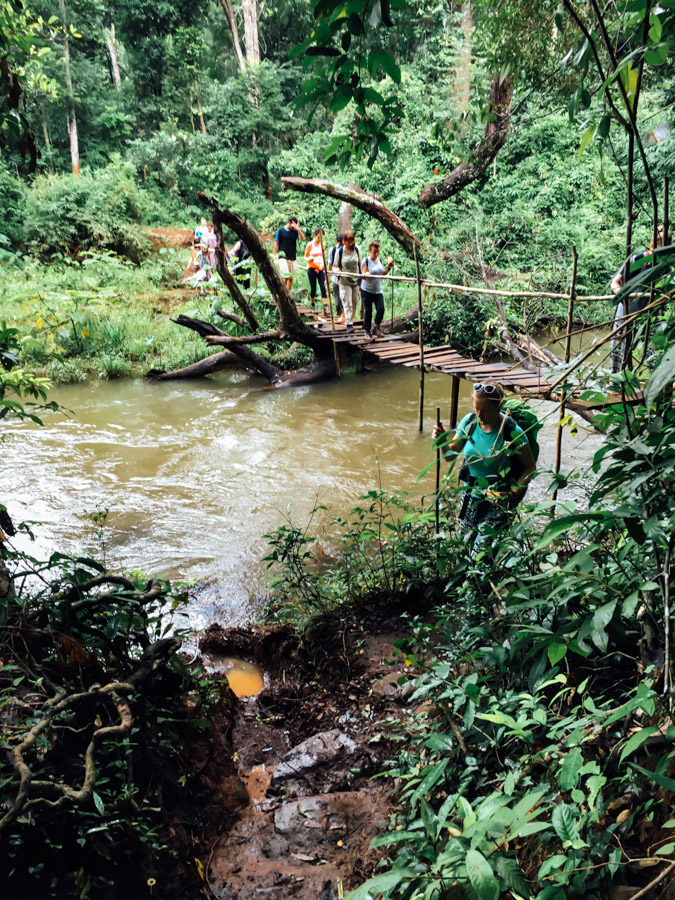
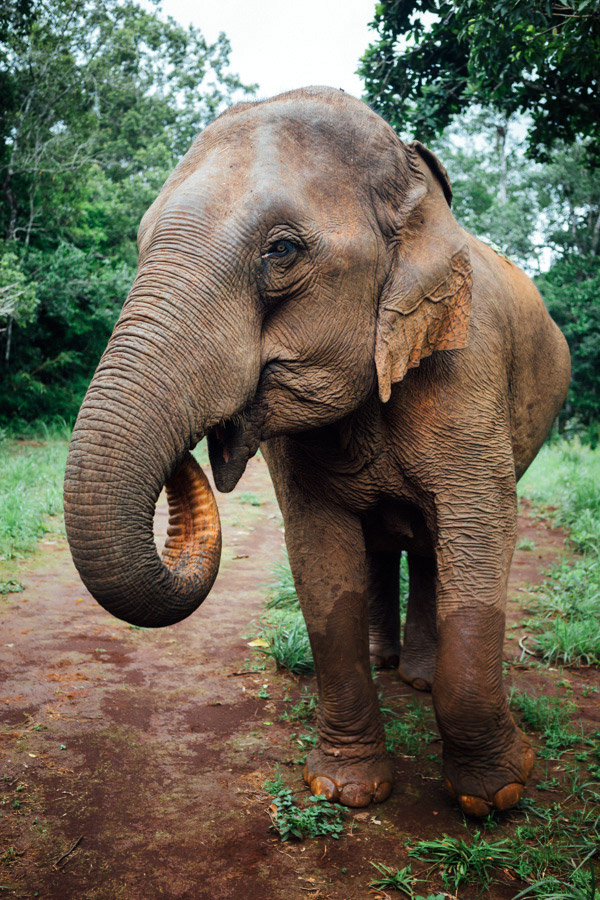
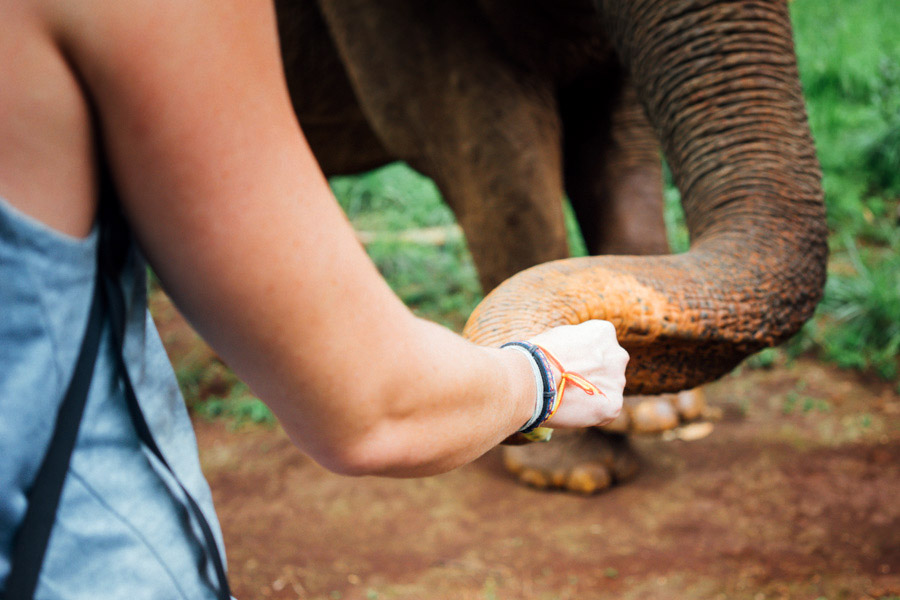
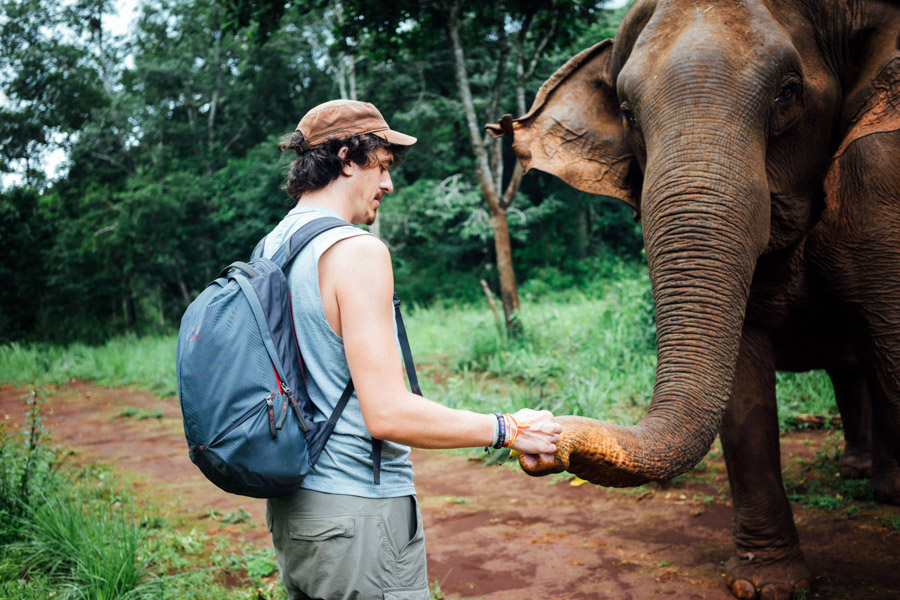
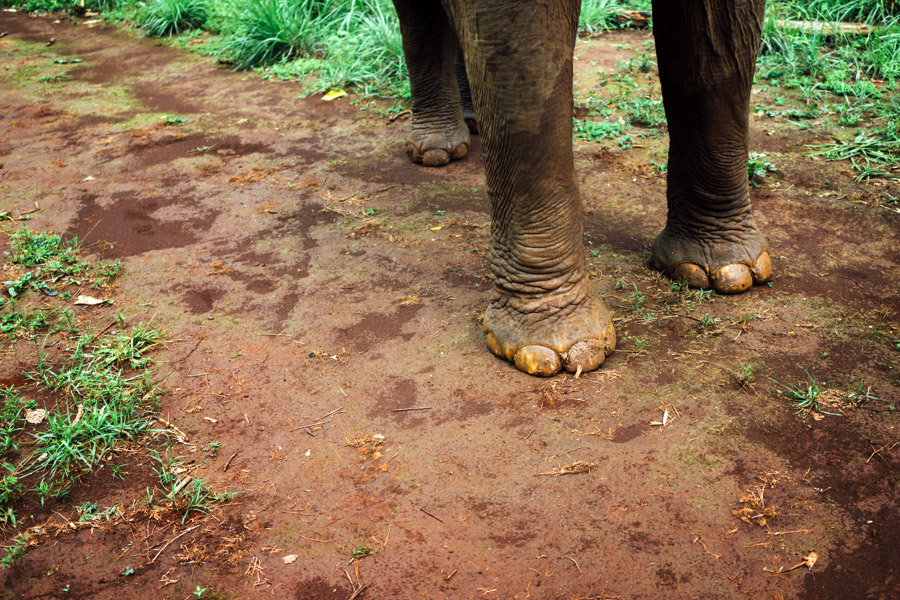
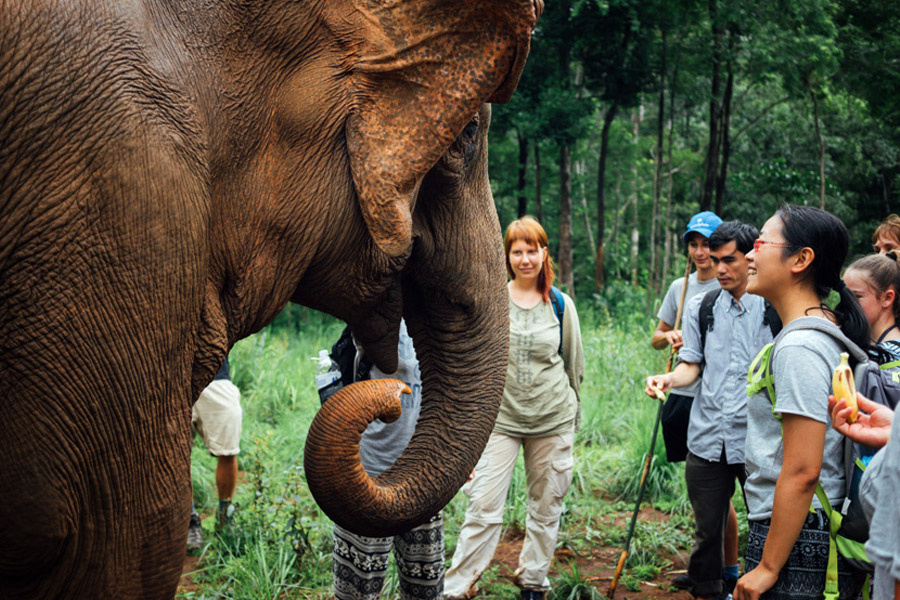
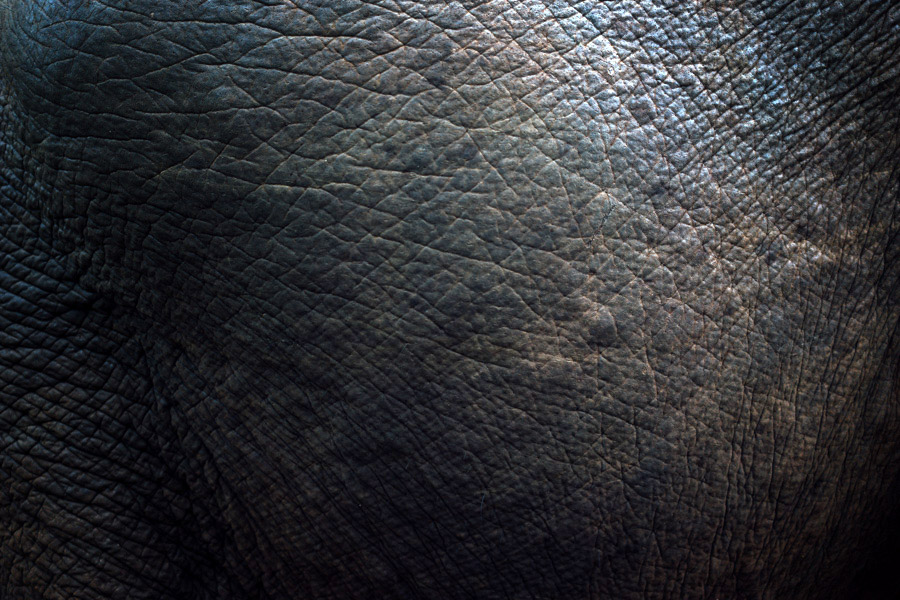
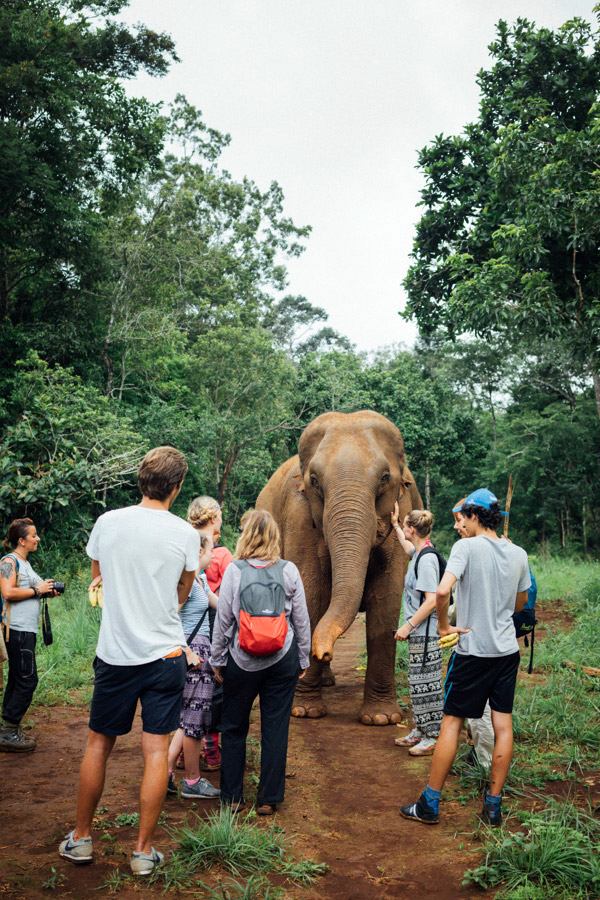
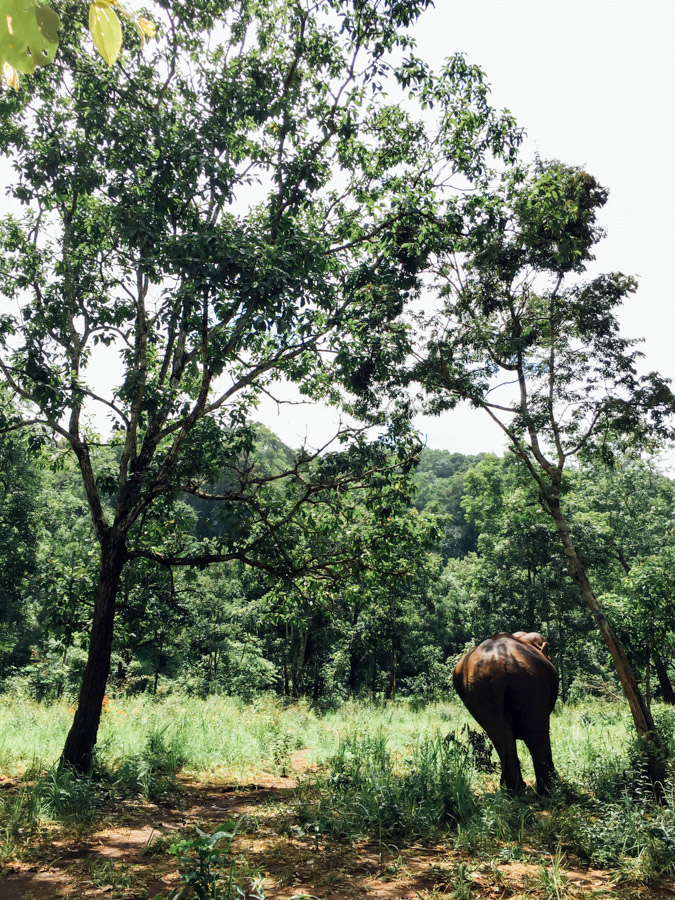
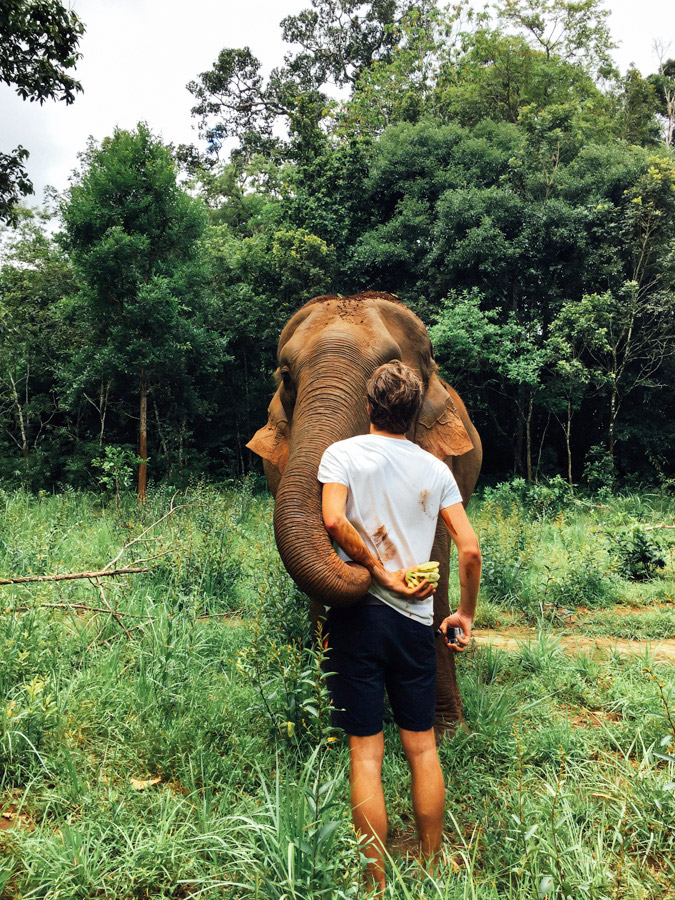
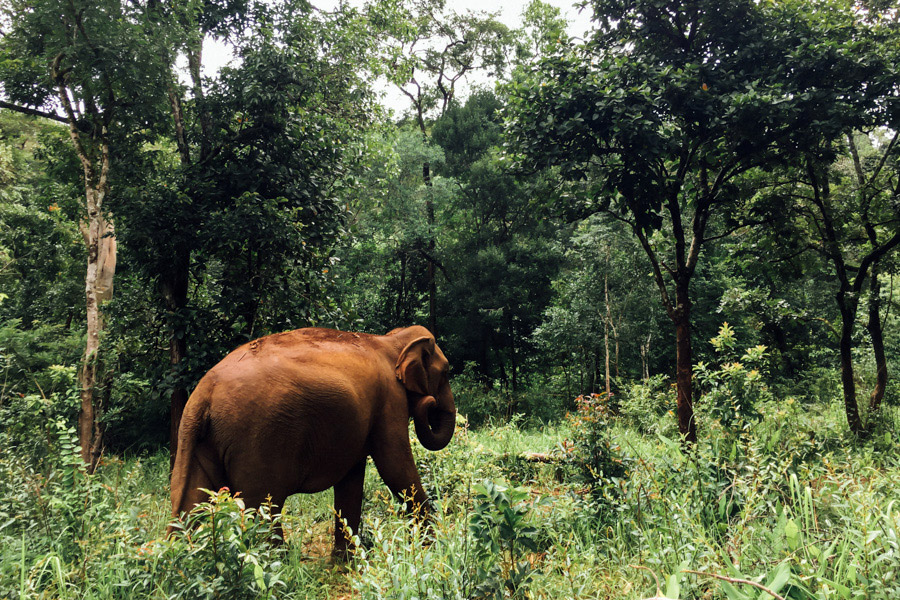
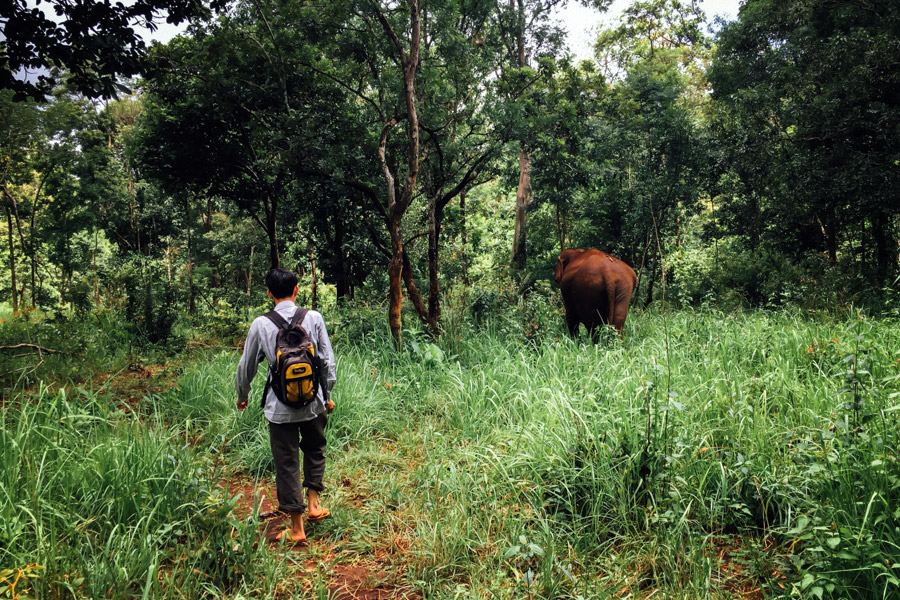
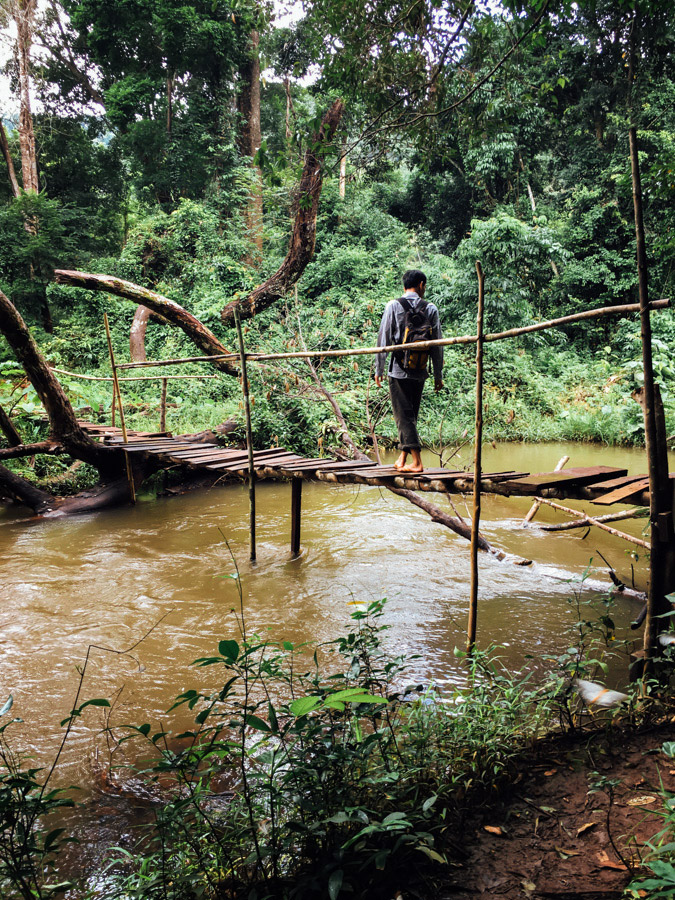
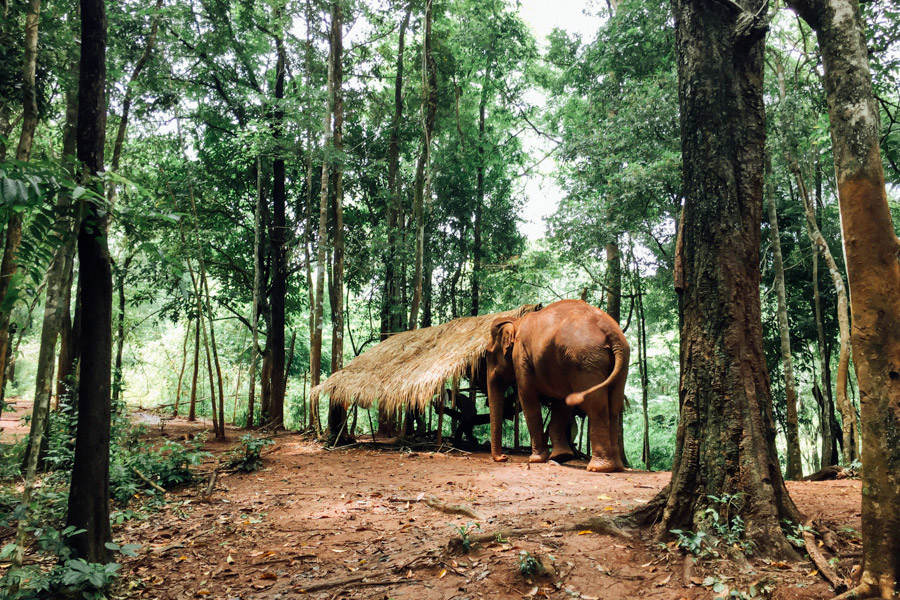
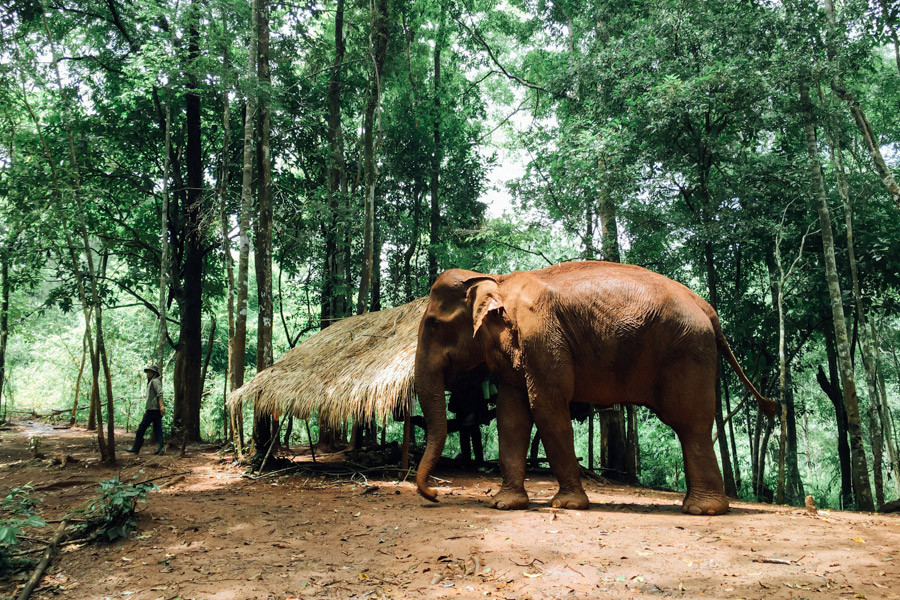
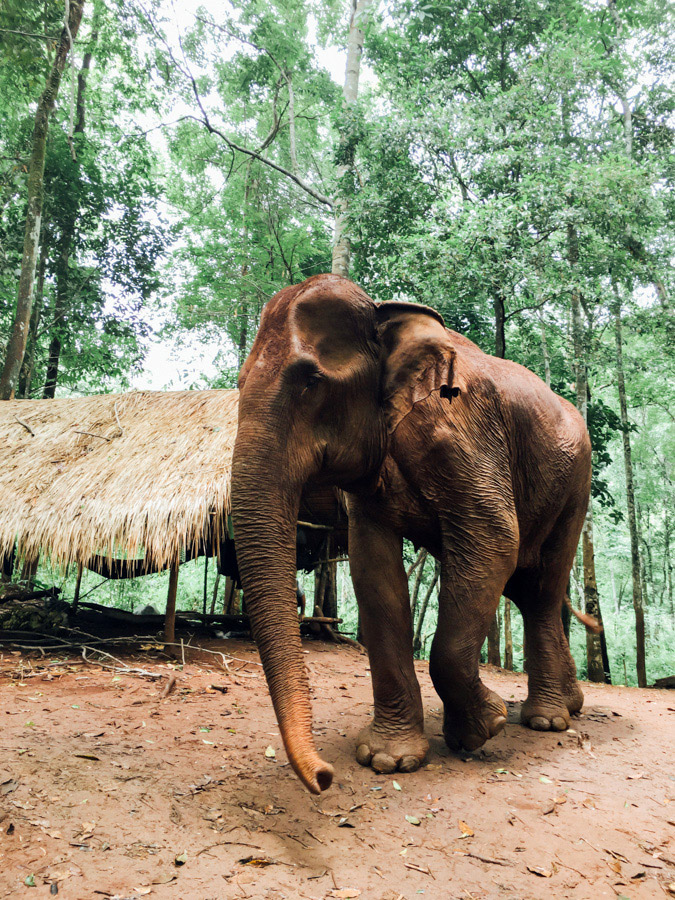
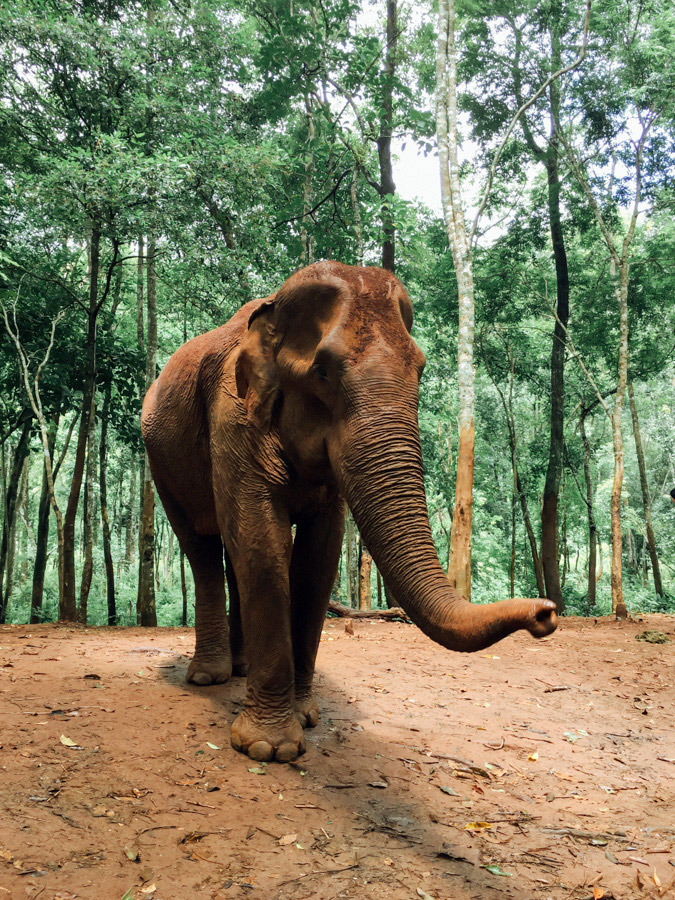
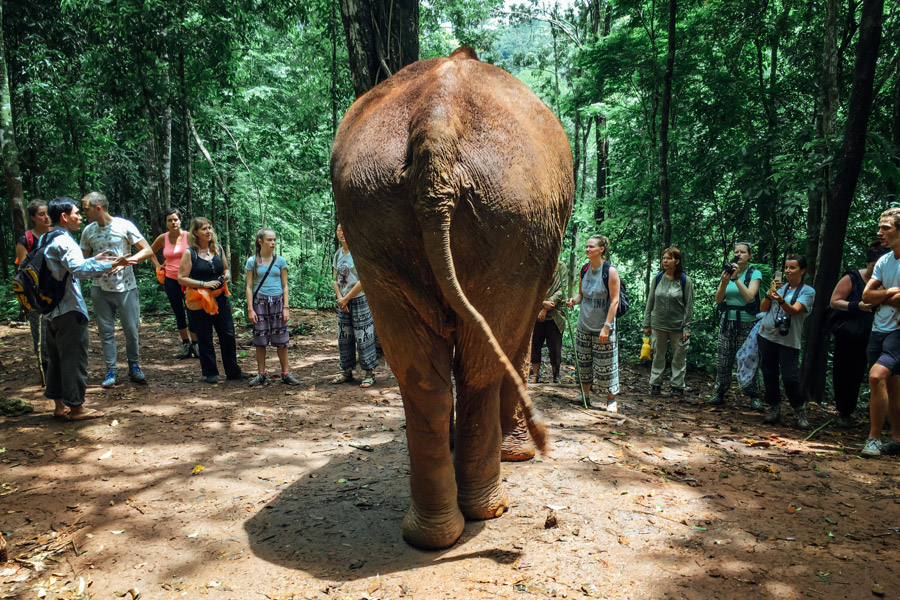
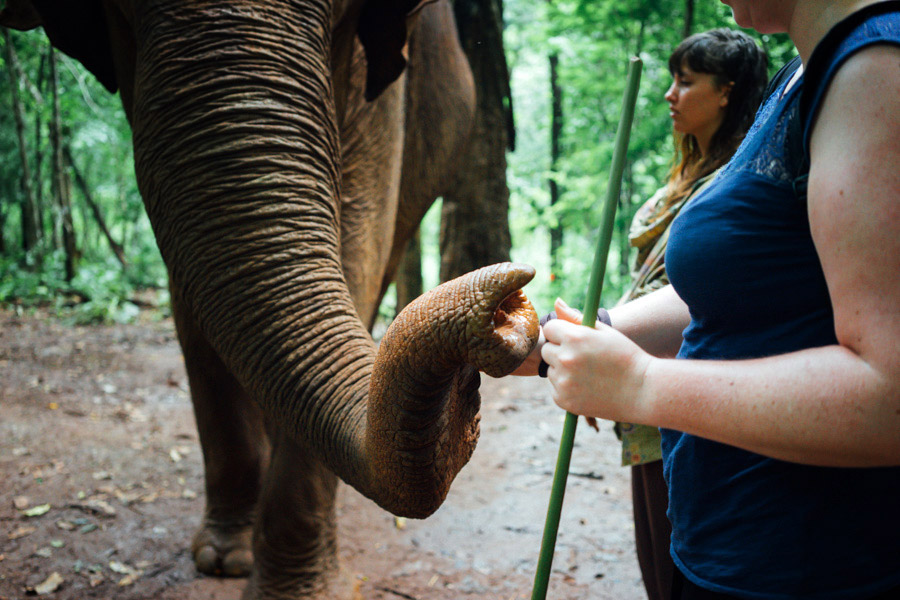
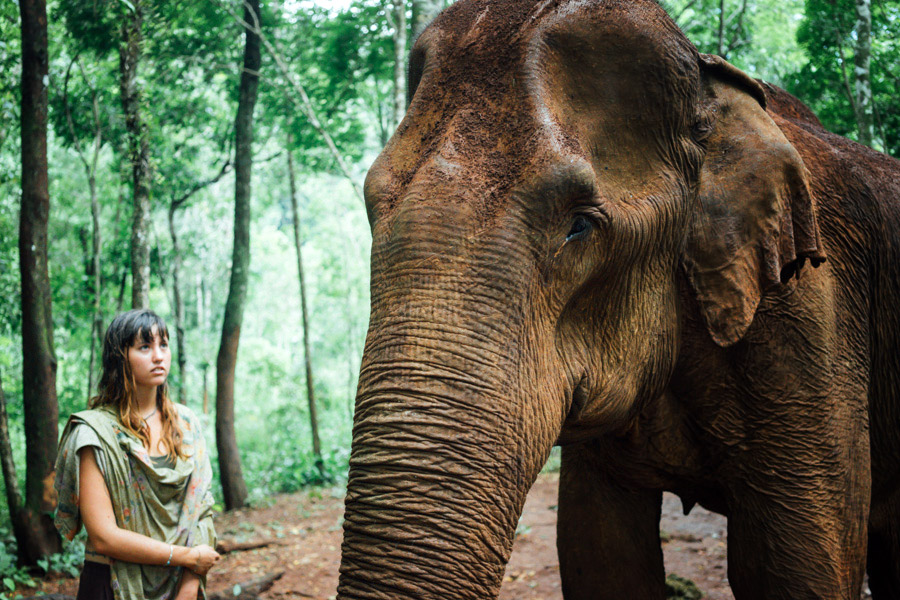
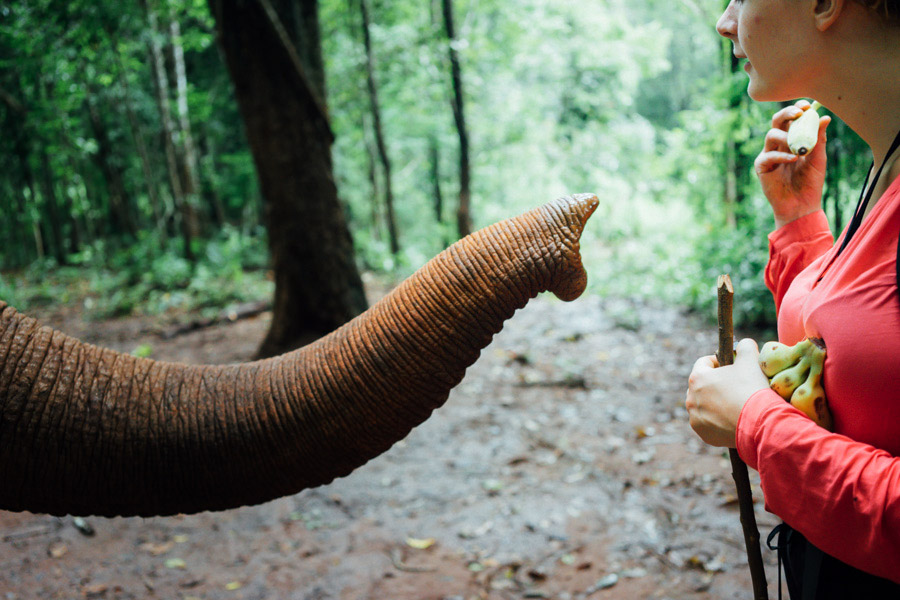
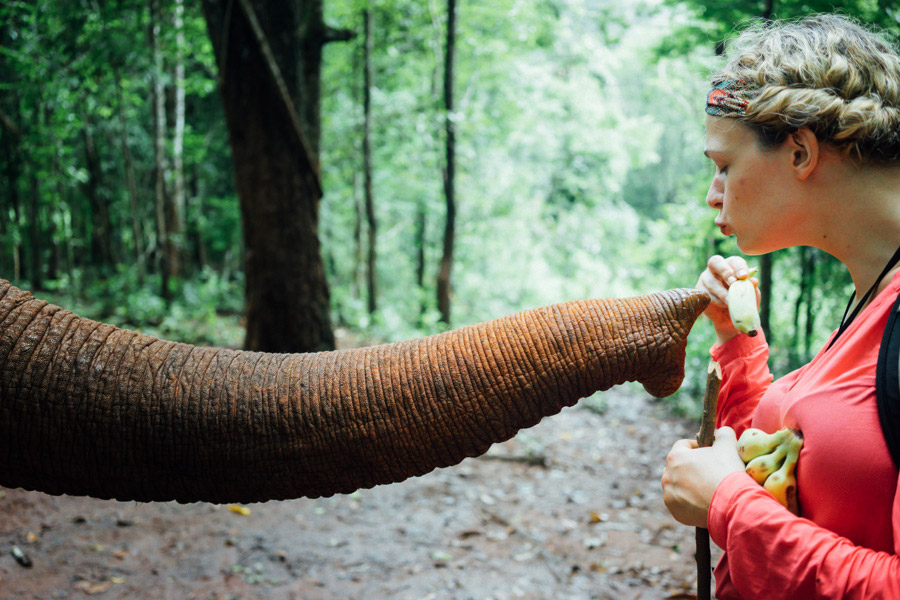
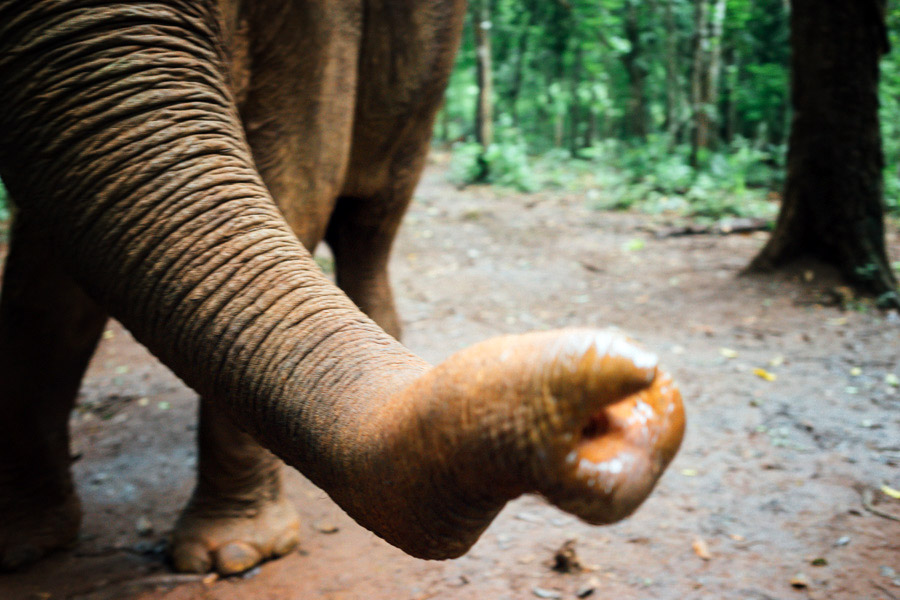
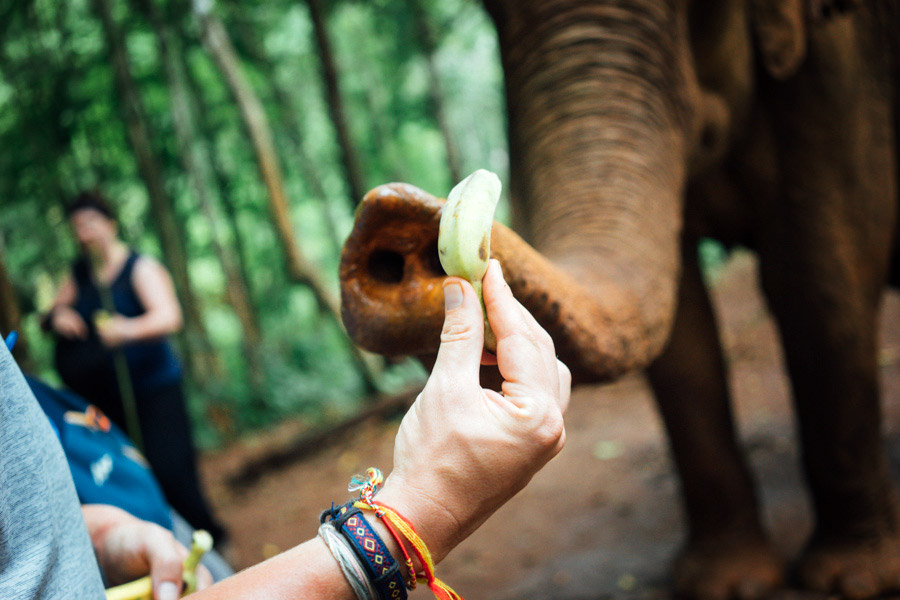
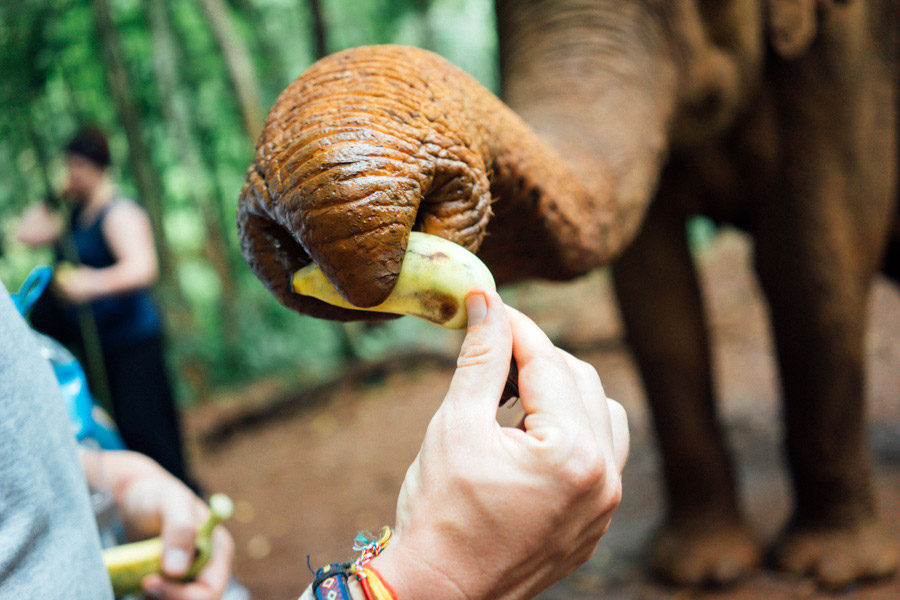
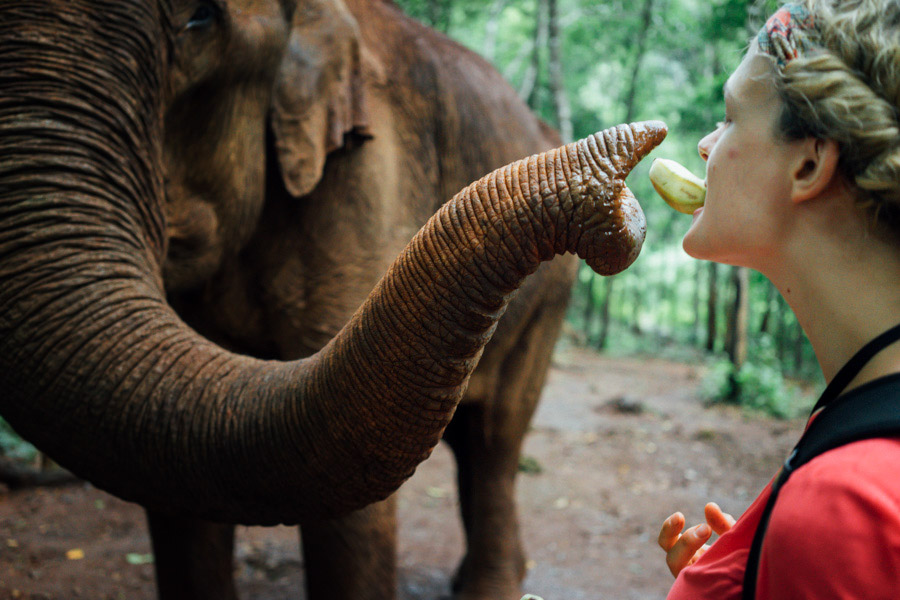
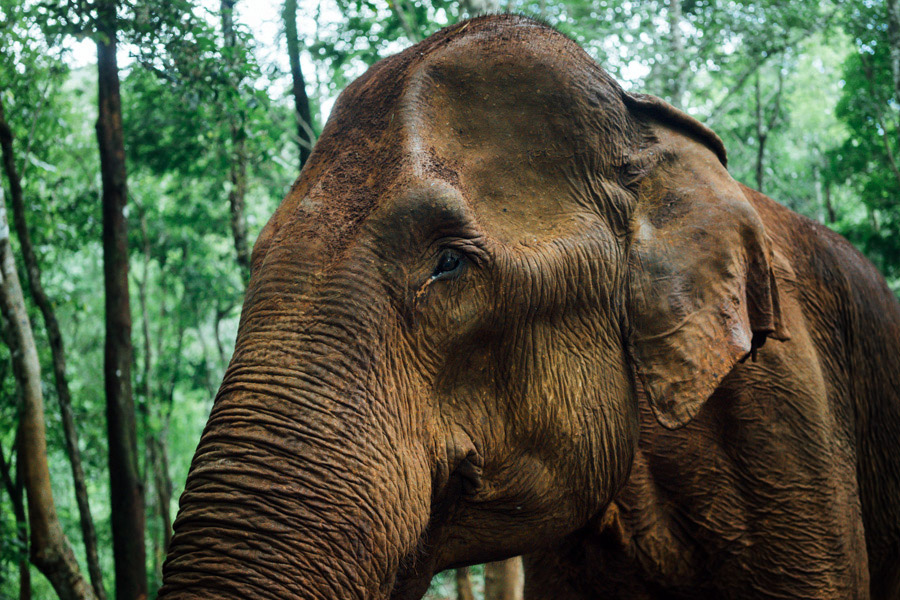

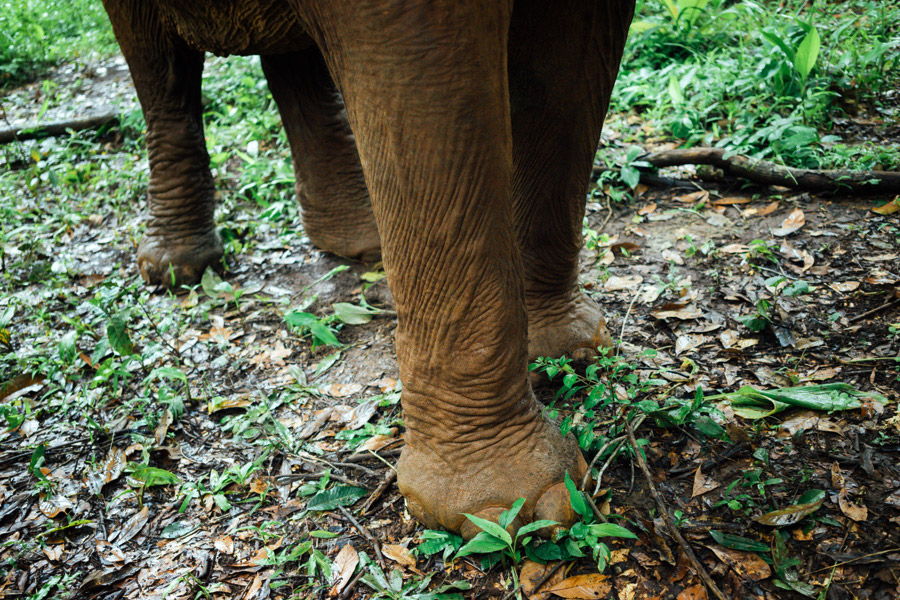

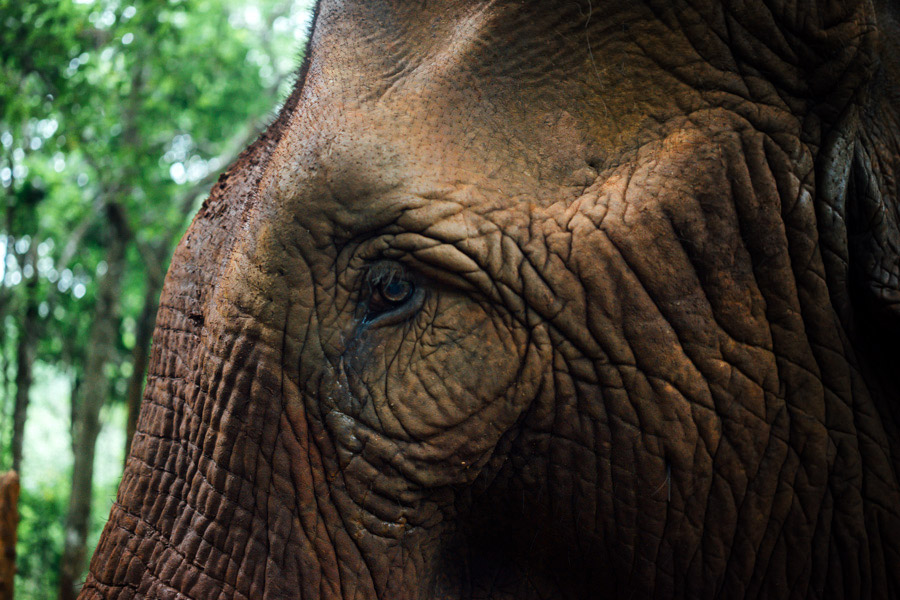
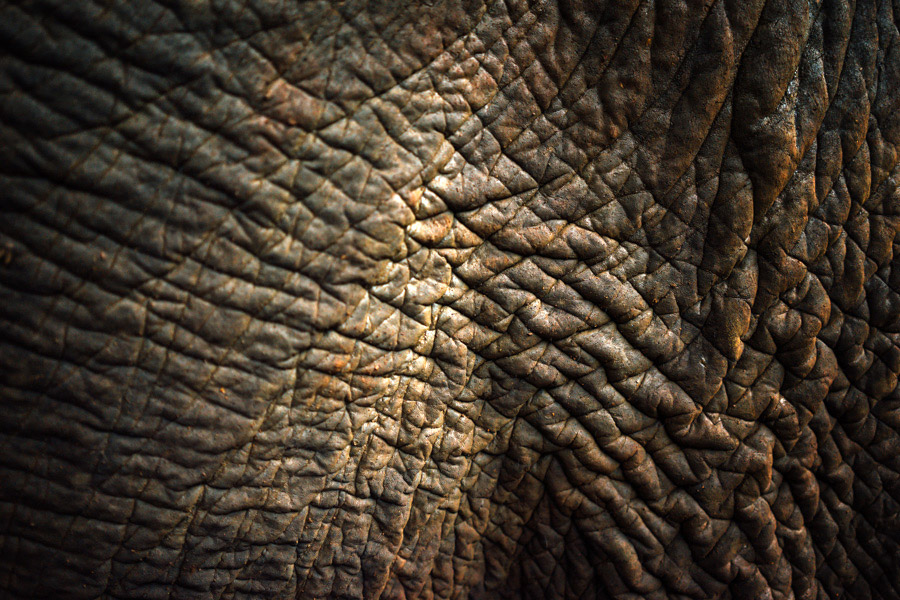
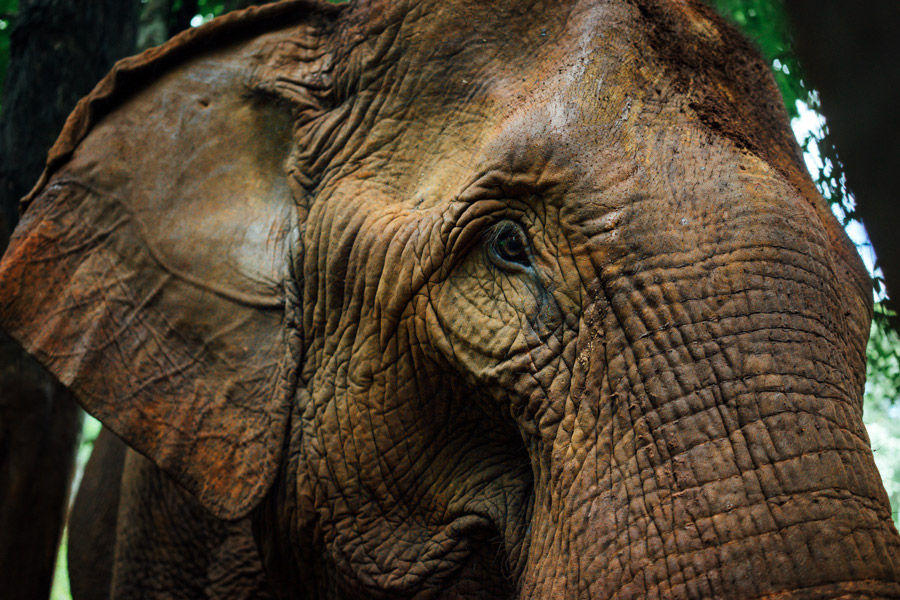
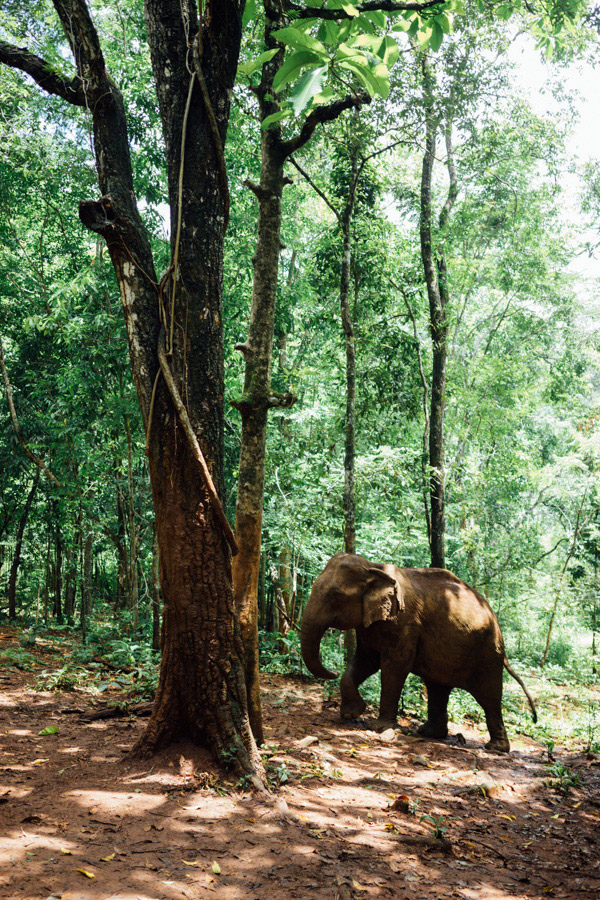
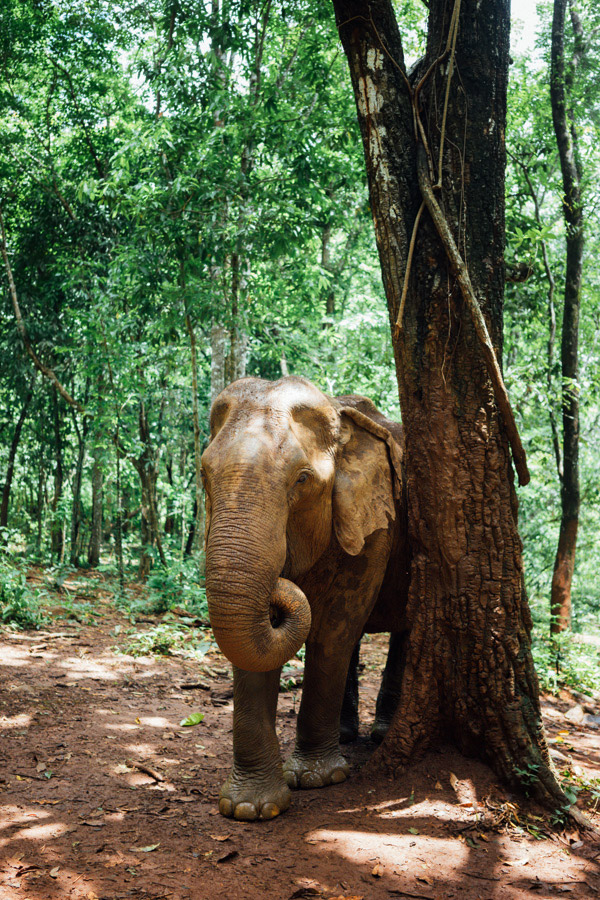
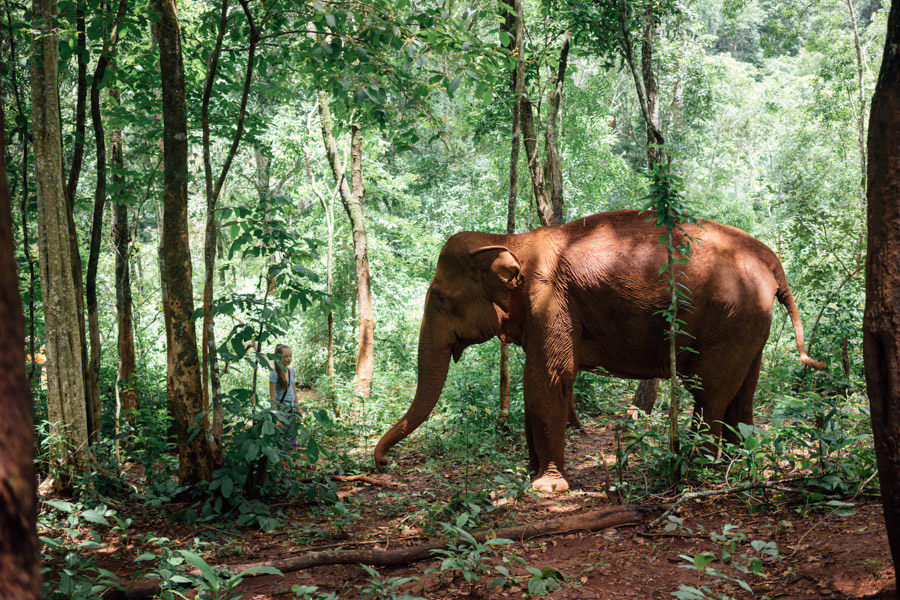
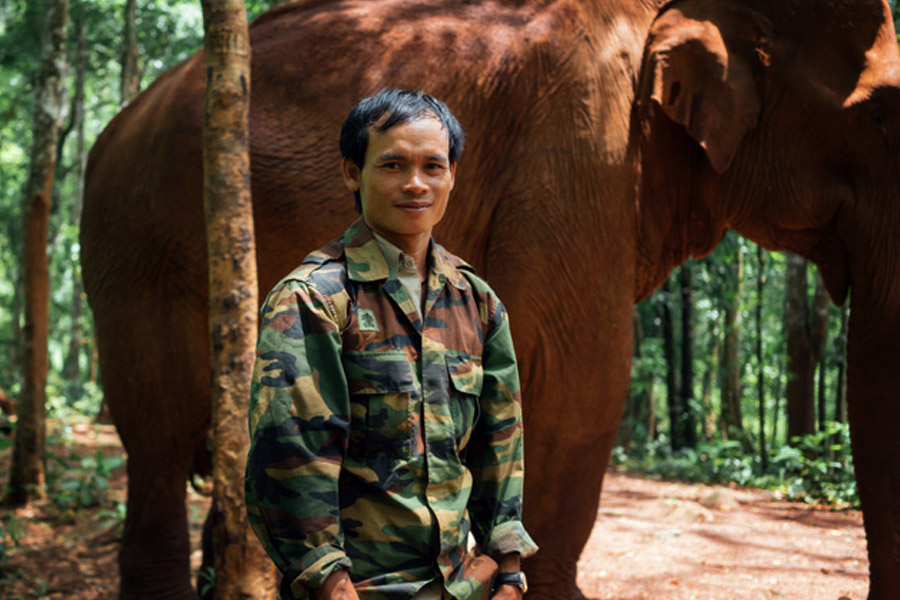
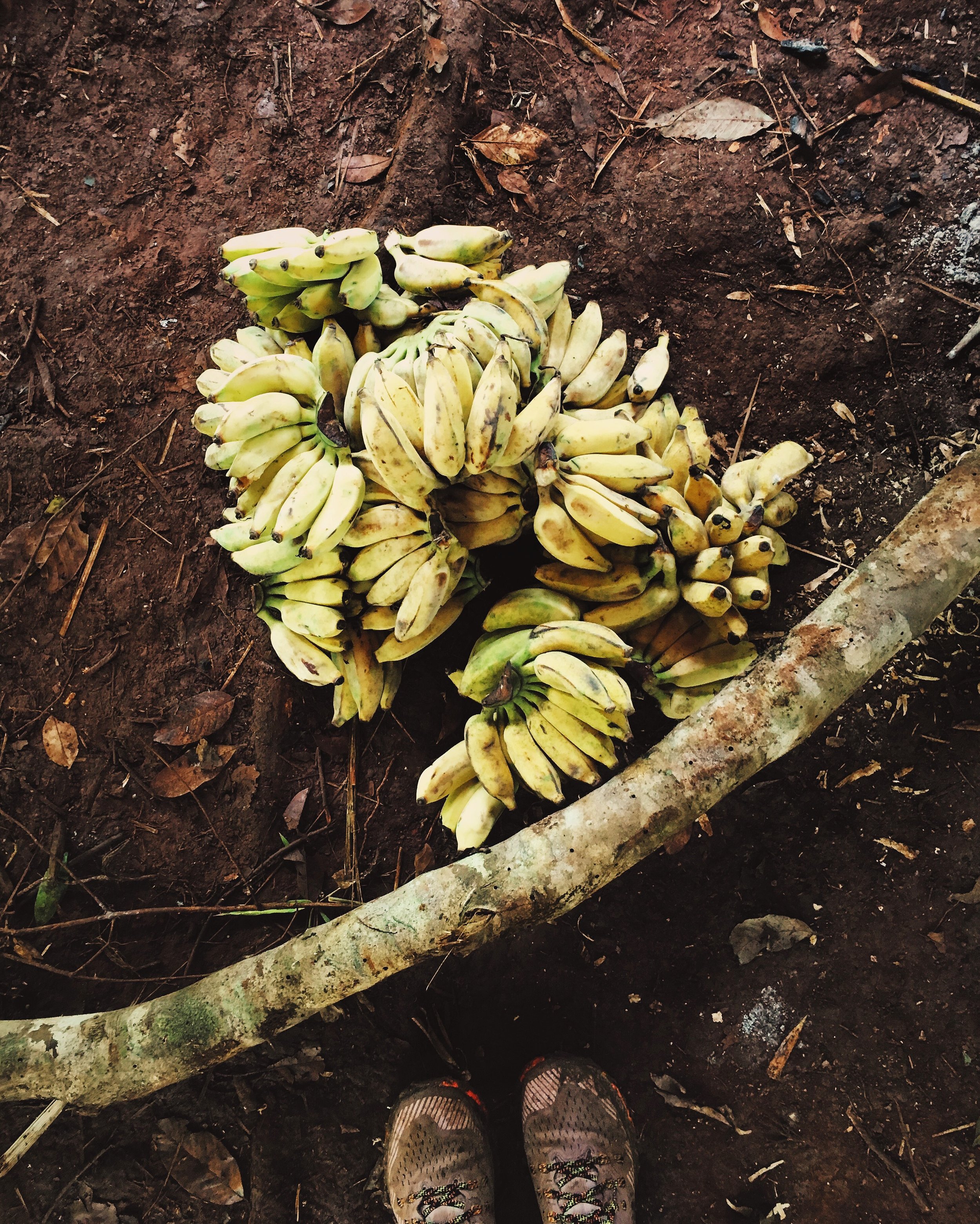
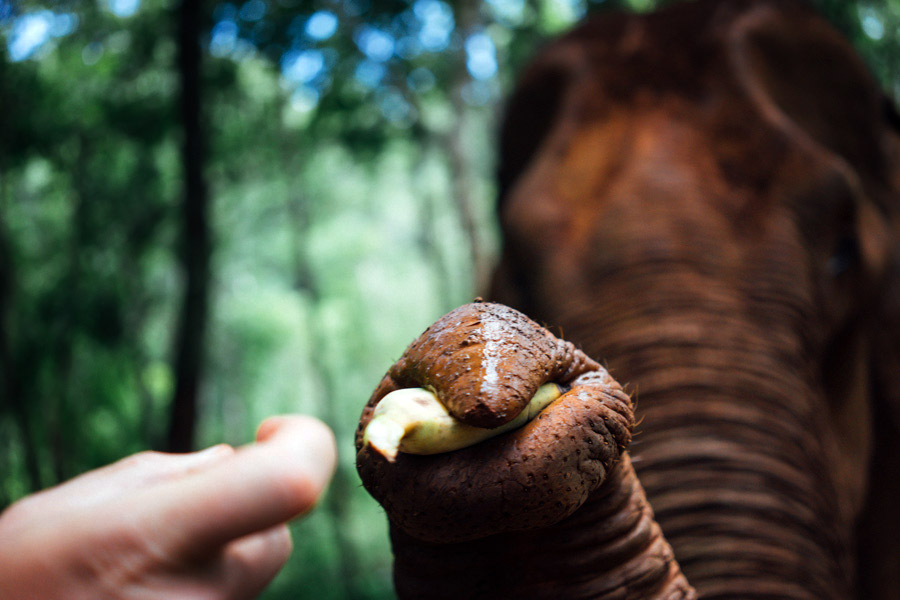
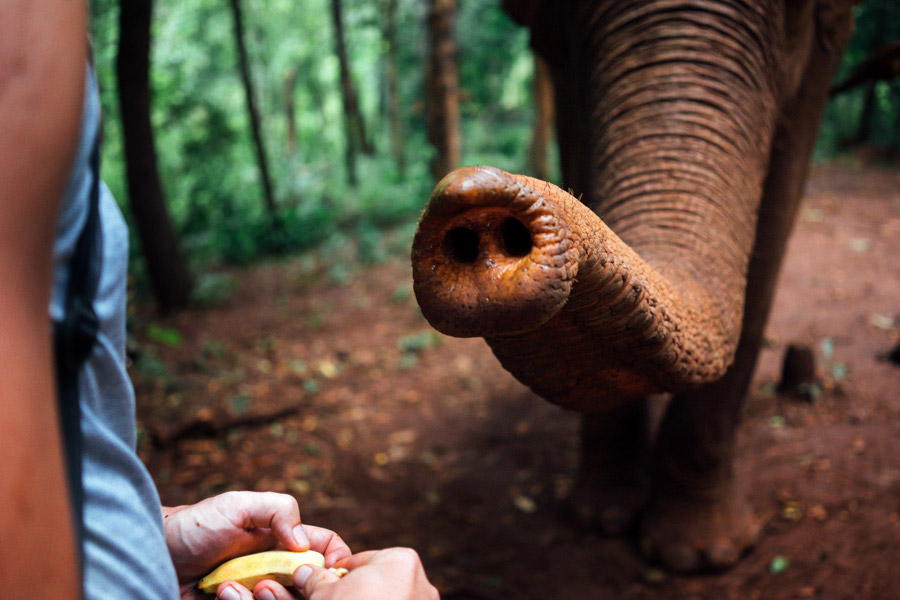
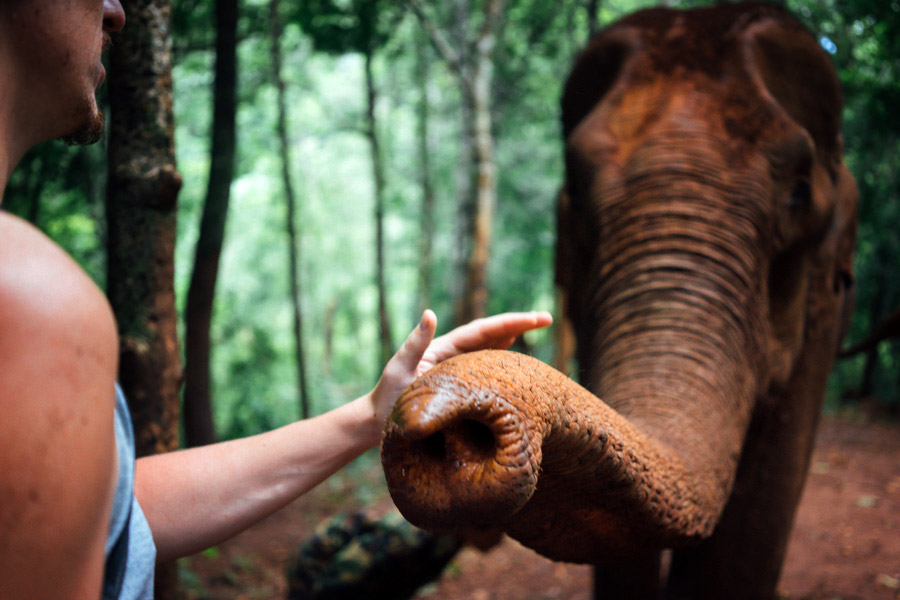
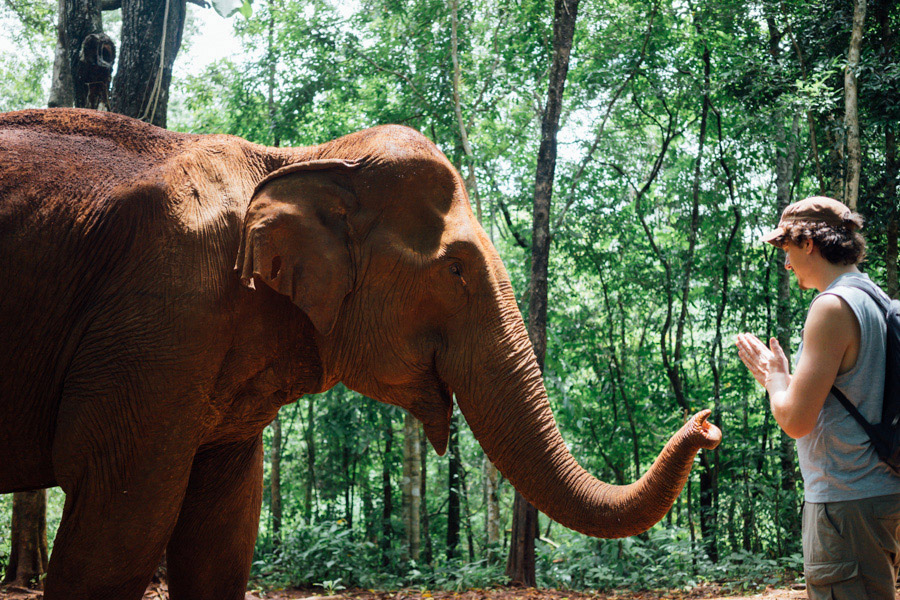
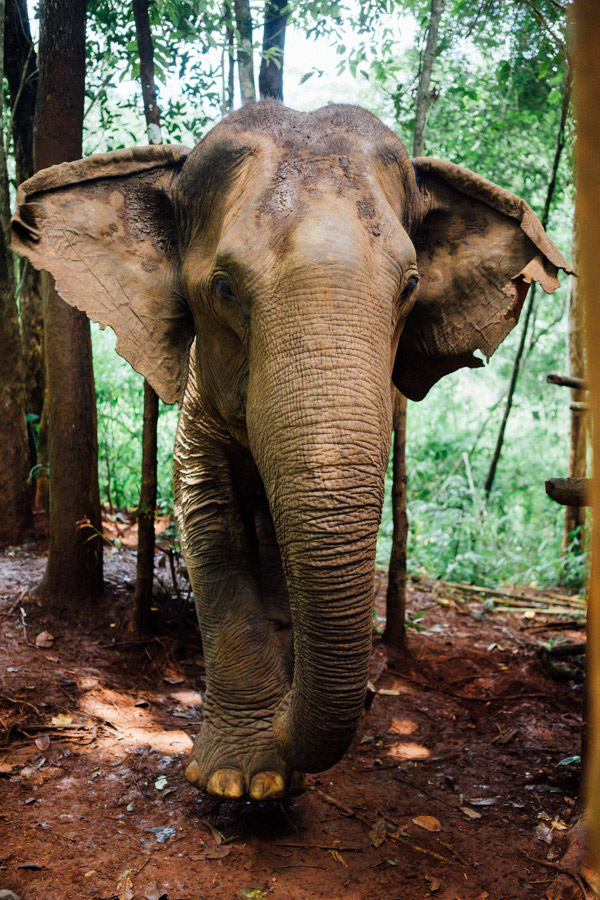
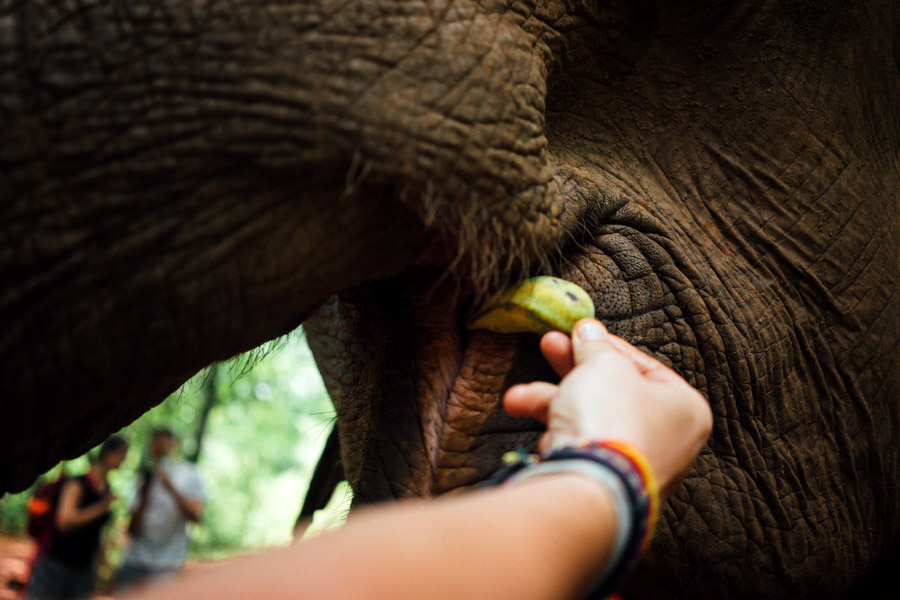
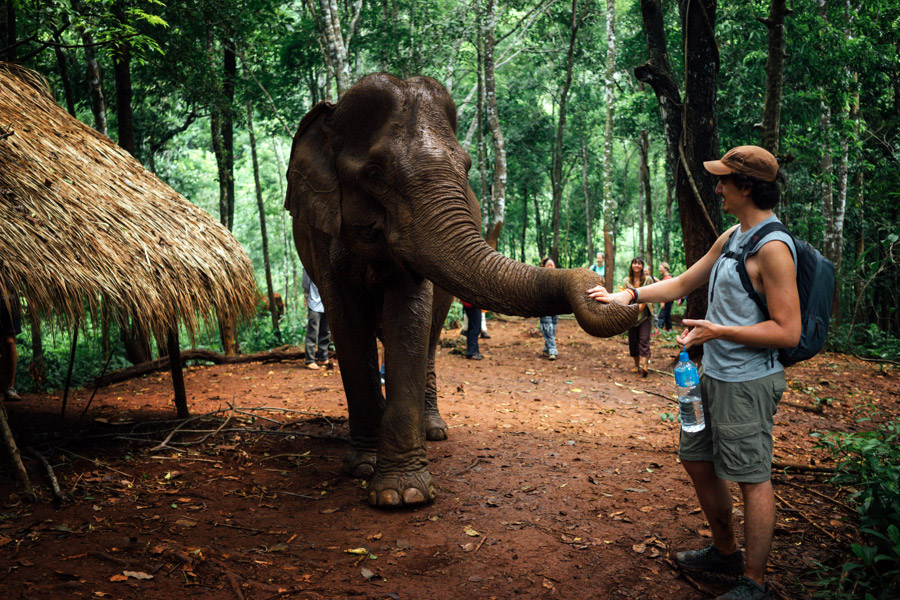
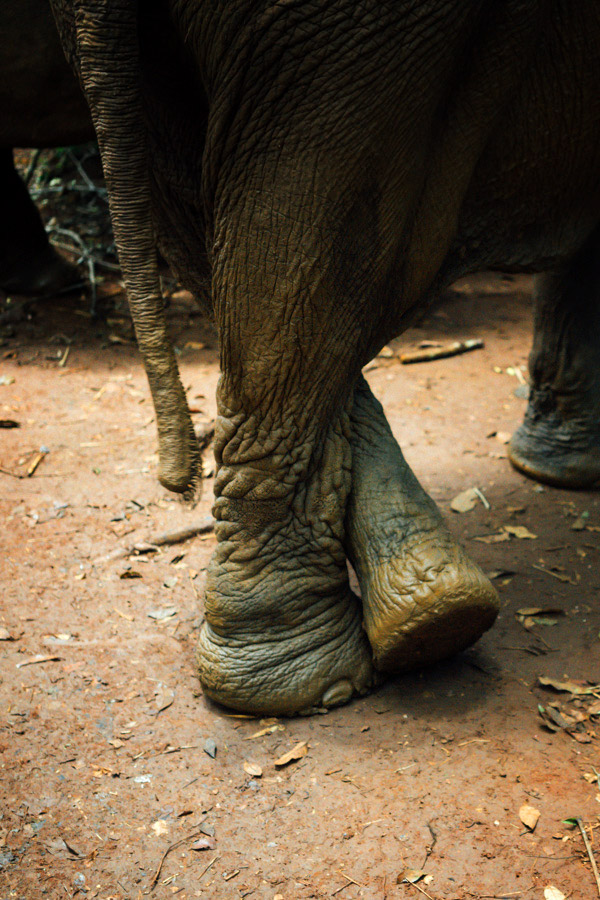
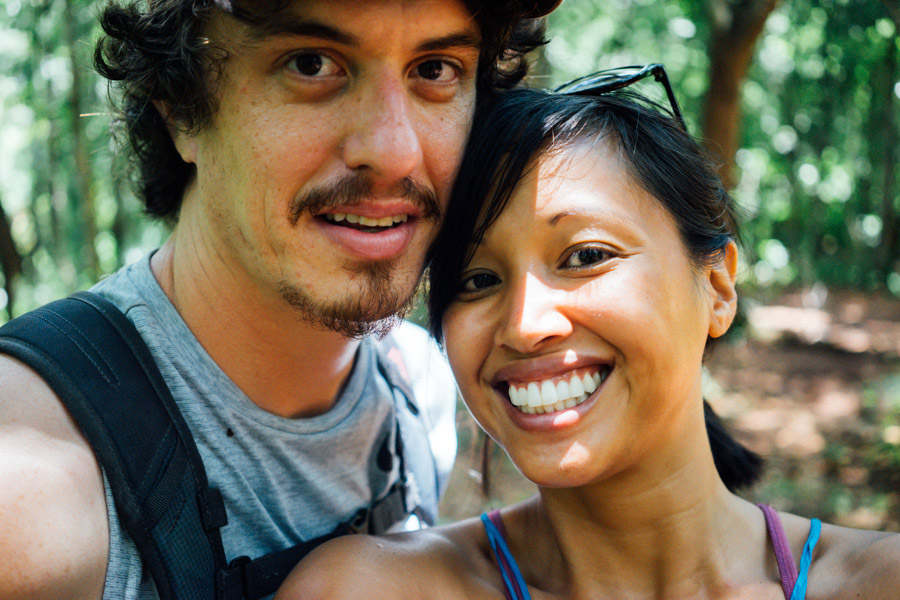
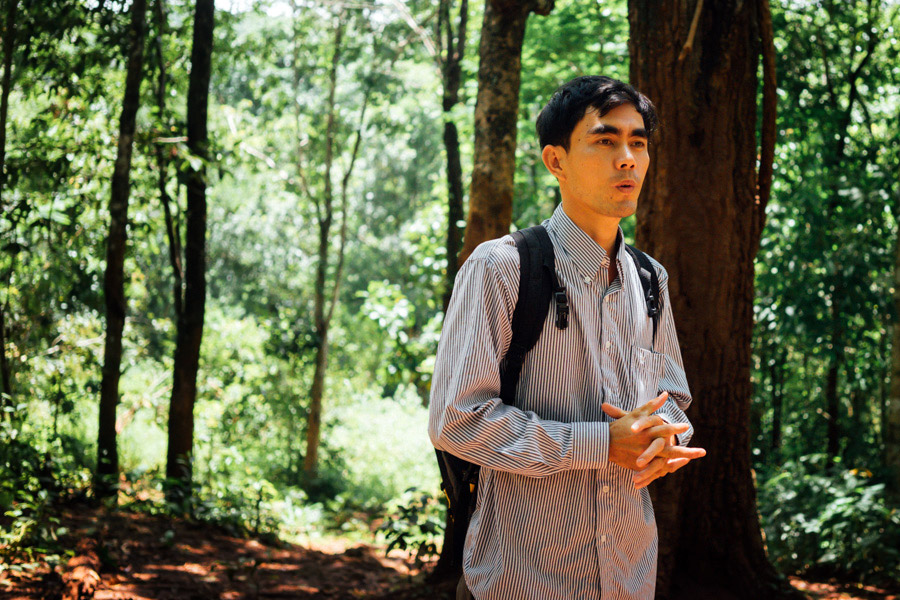
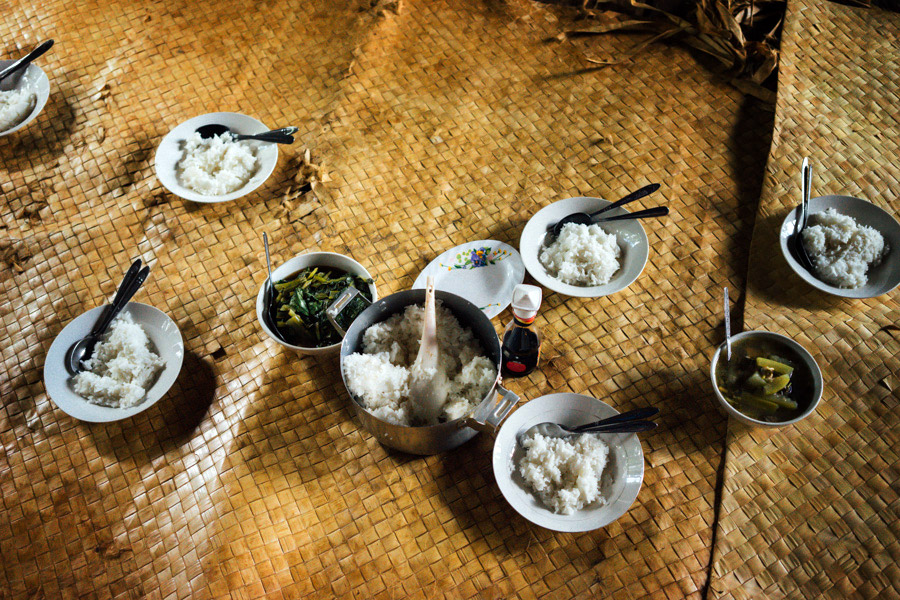
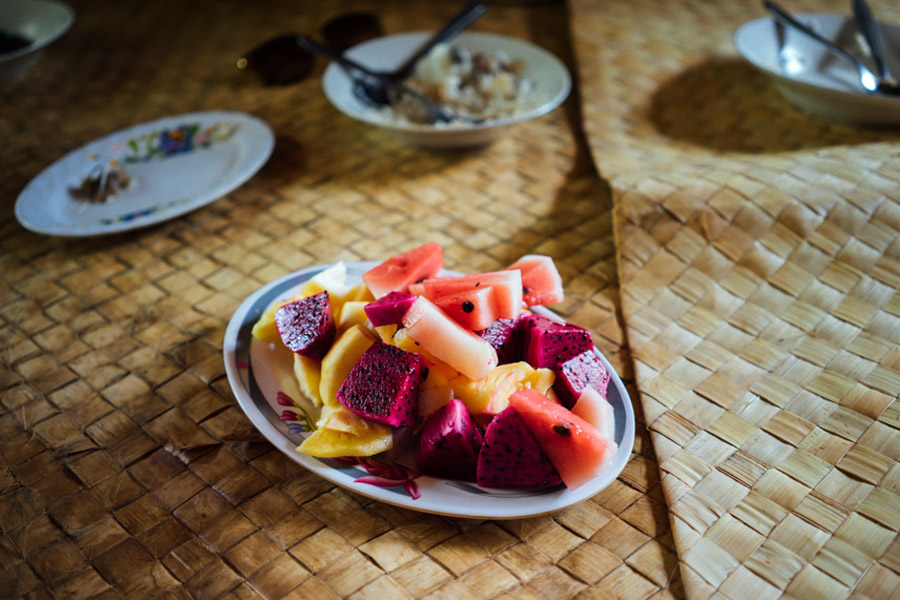
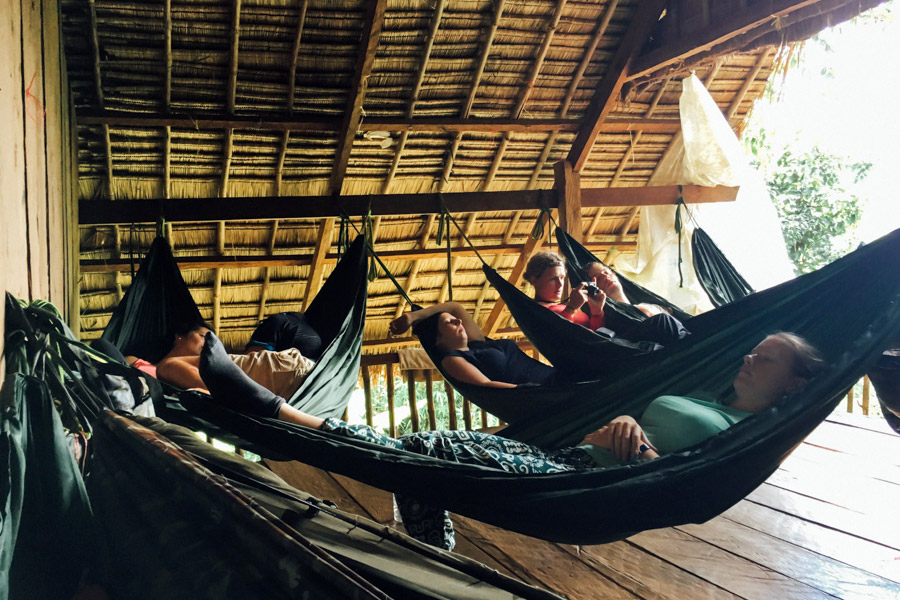
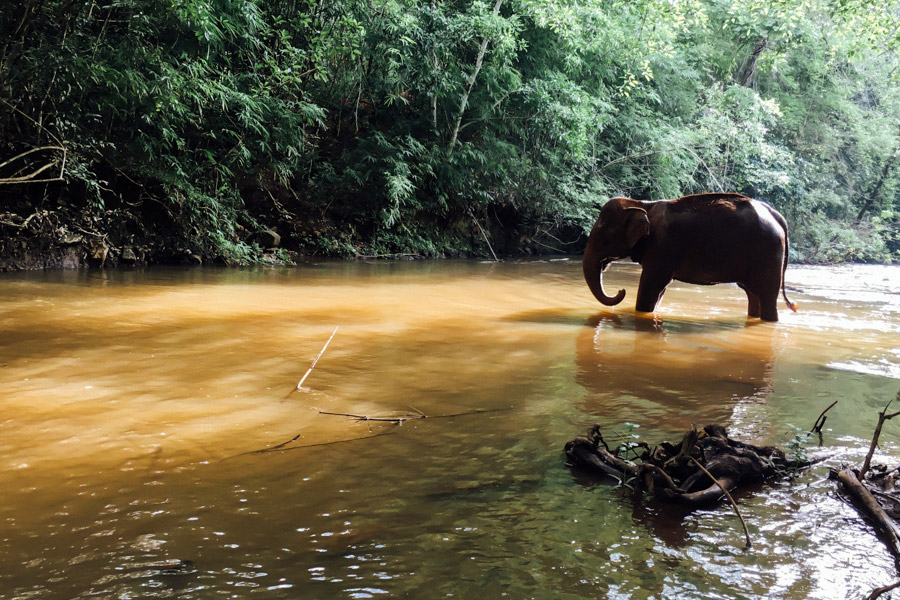
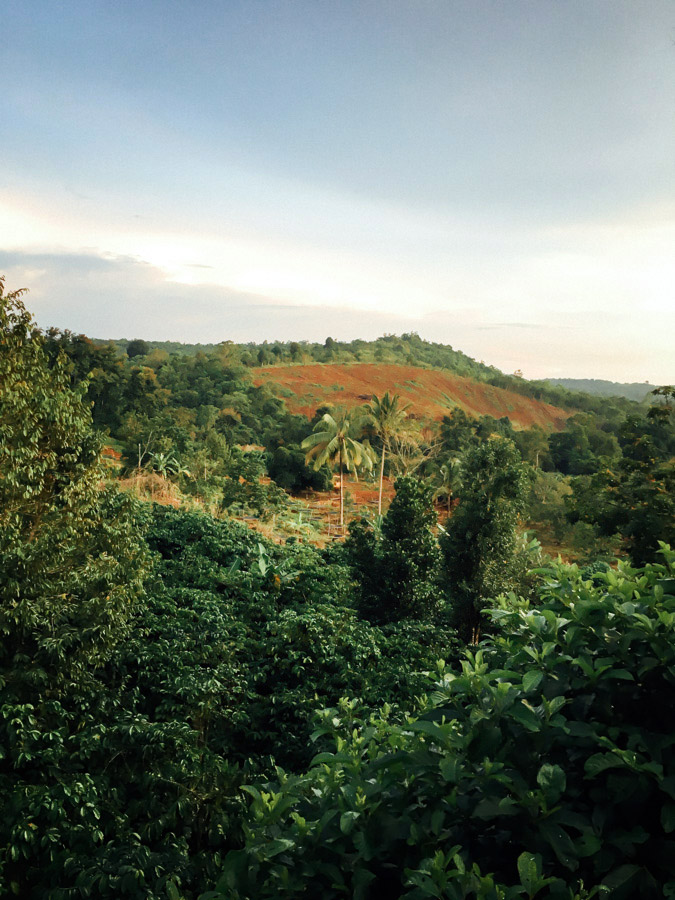

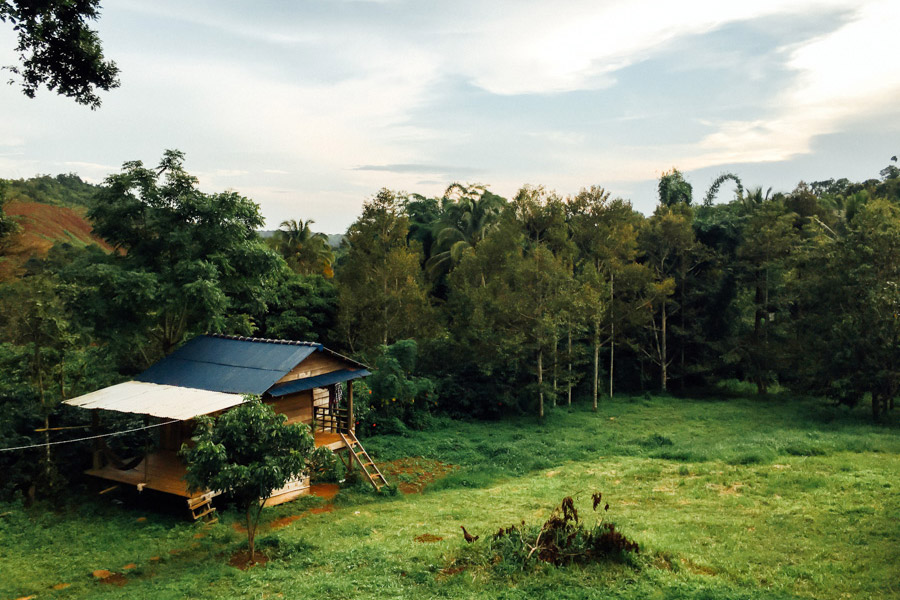
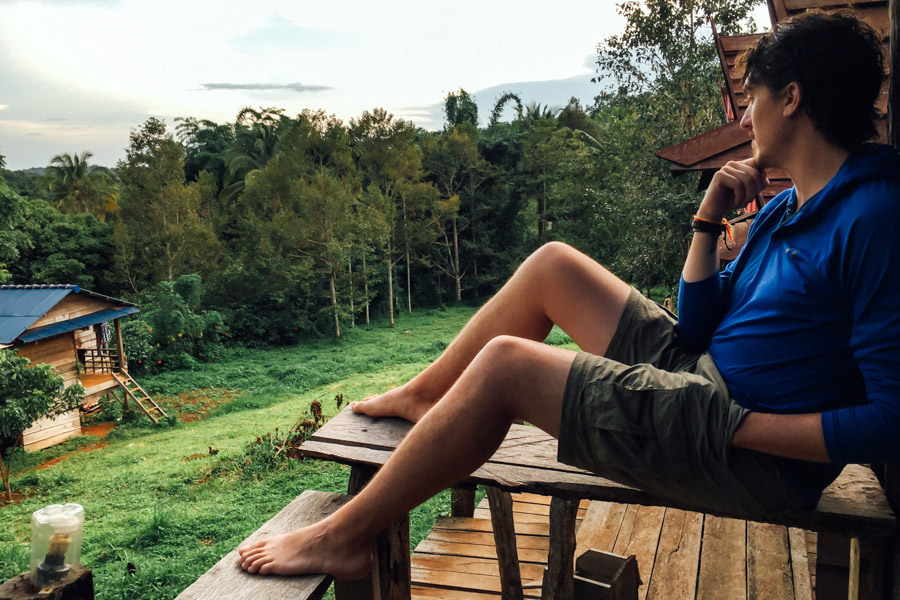
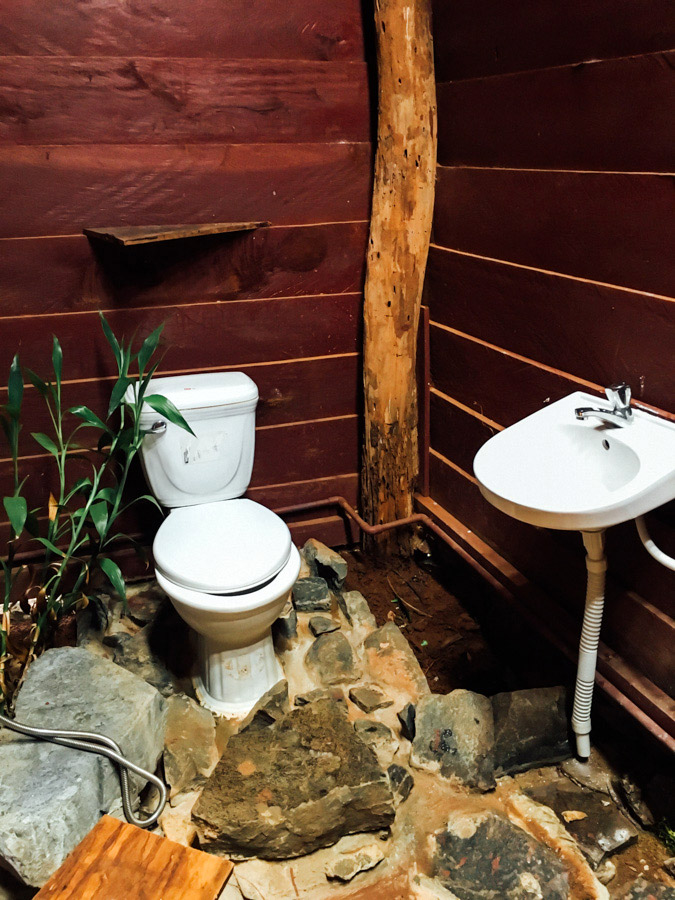
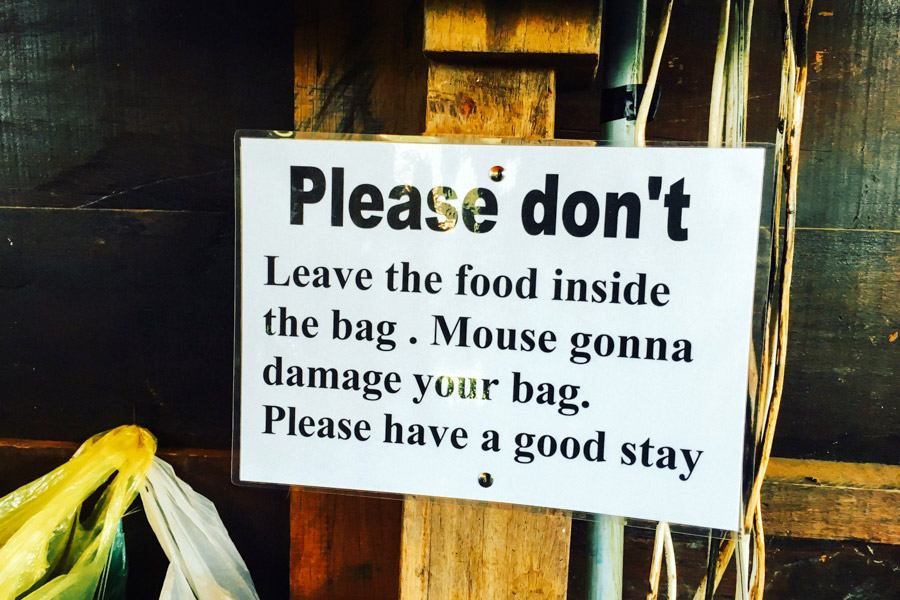








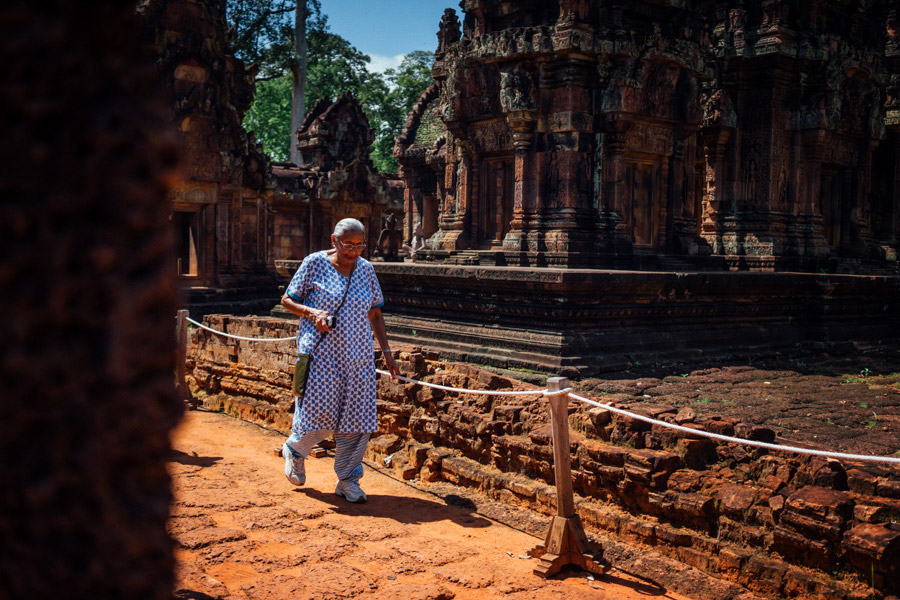





![ “Resting on the vault itself of the gallery, [the trees] frame its openings and brace the stones in substitute for pillars in a caprice of nature that is as fantastic as it is perilous.” - Conservator Maurice Glaize](https://images.squarespace-cdn.com/content/v1/562fe3aae4b0a3fef65d3577/1472721864047-SHP8O2QCHPU41OWE1NLS/Madelene-Farin-Cambodia-234.jpg)
